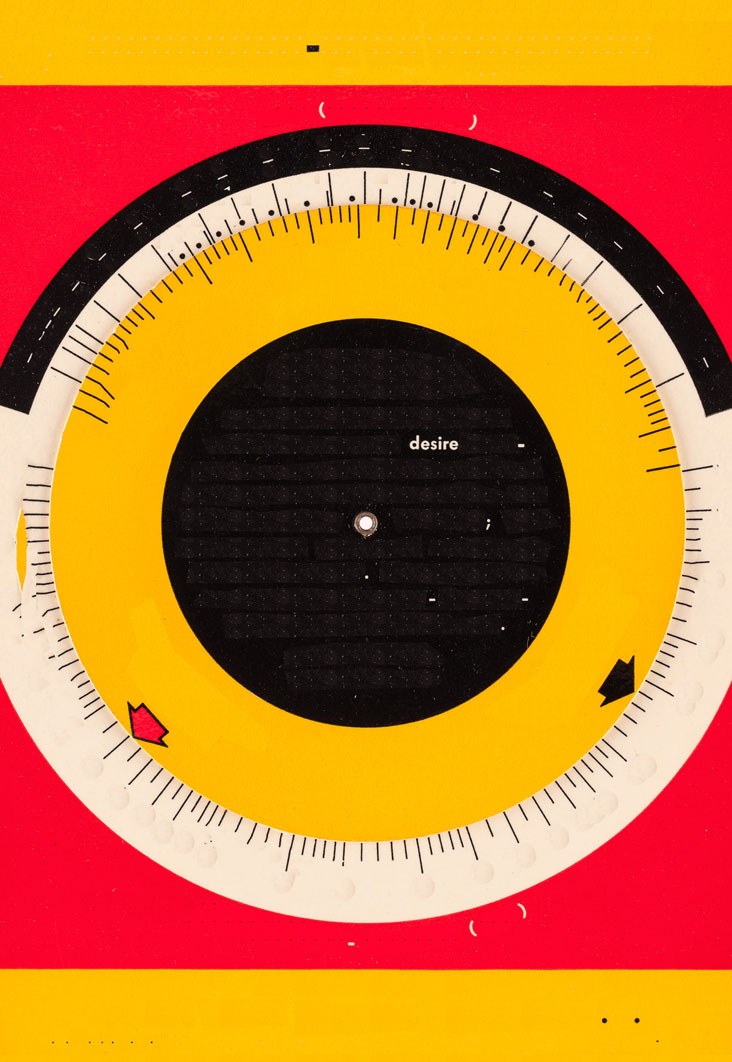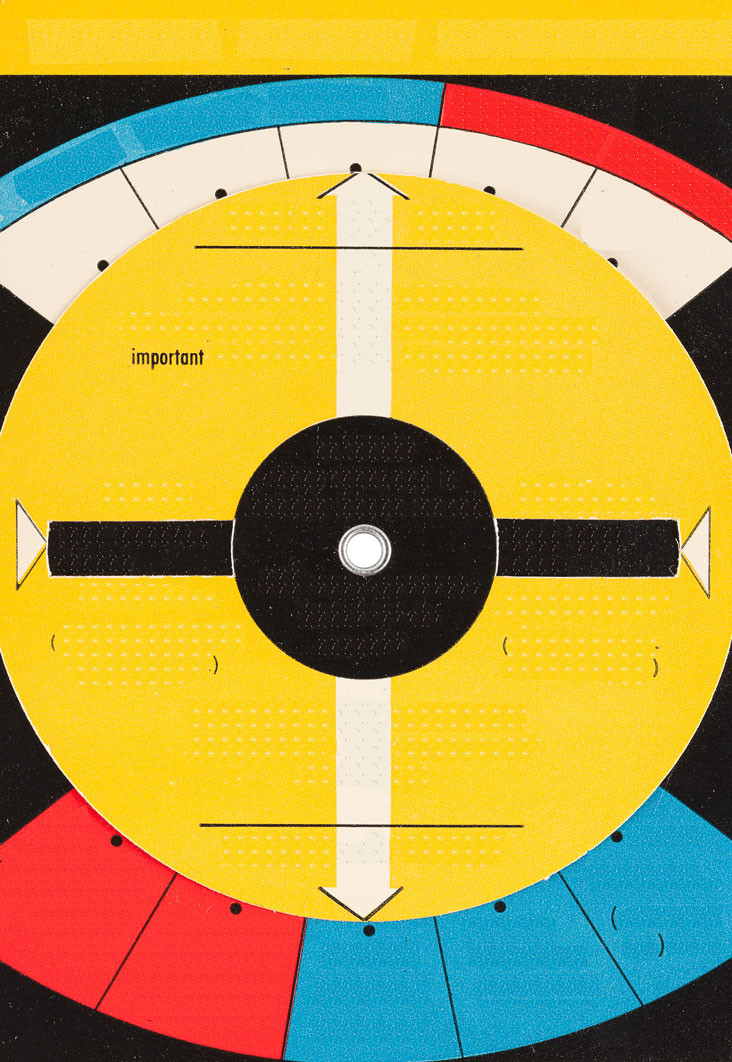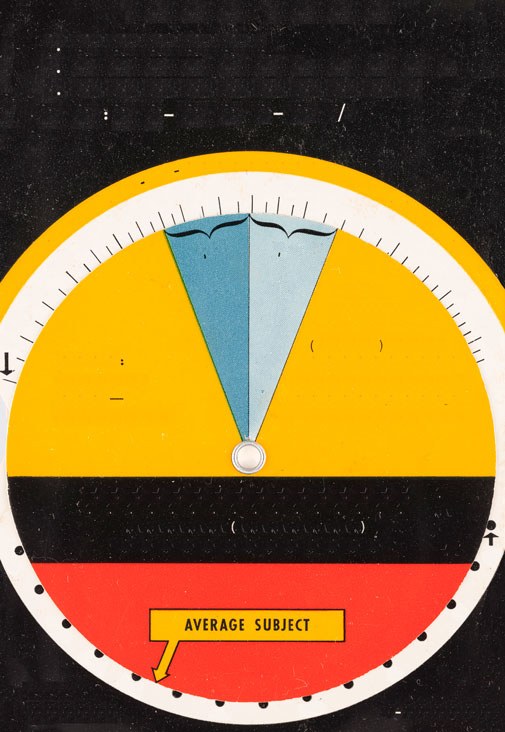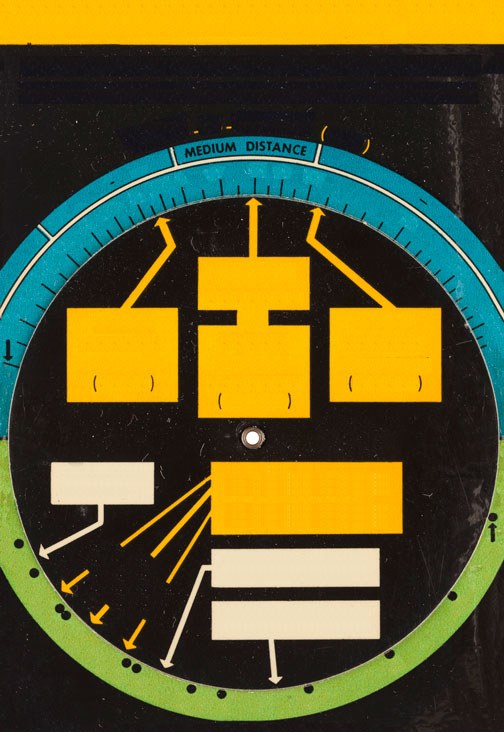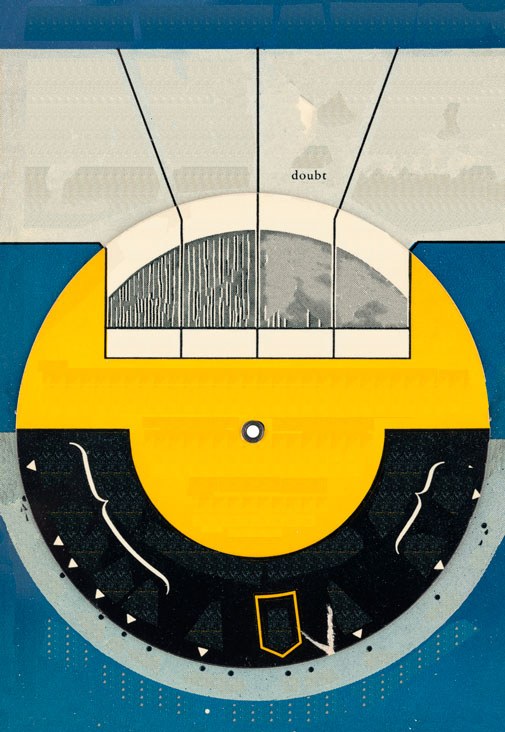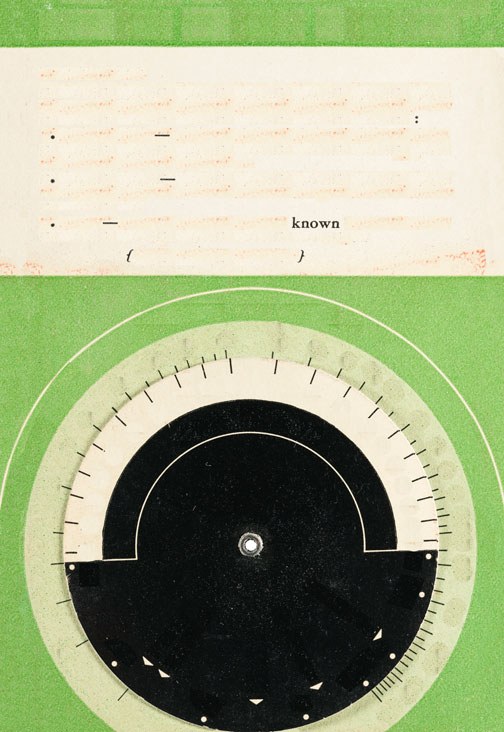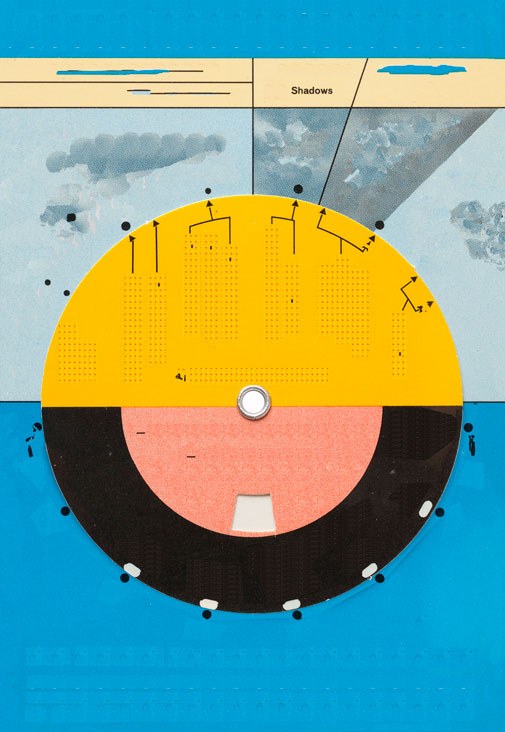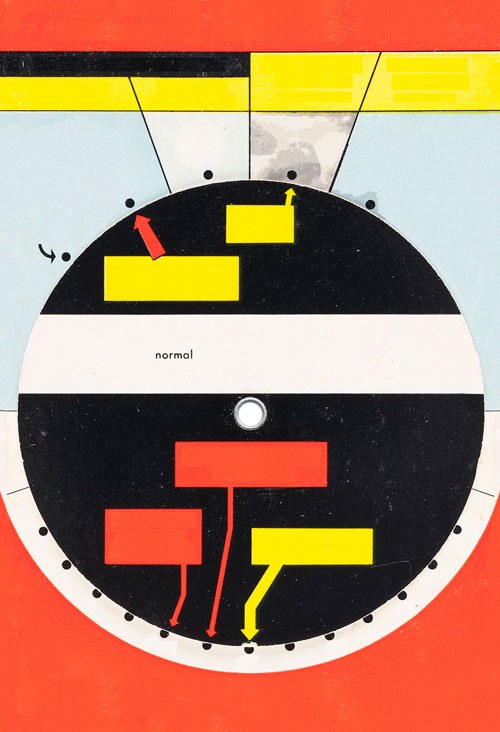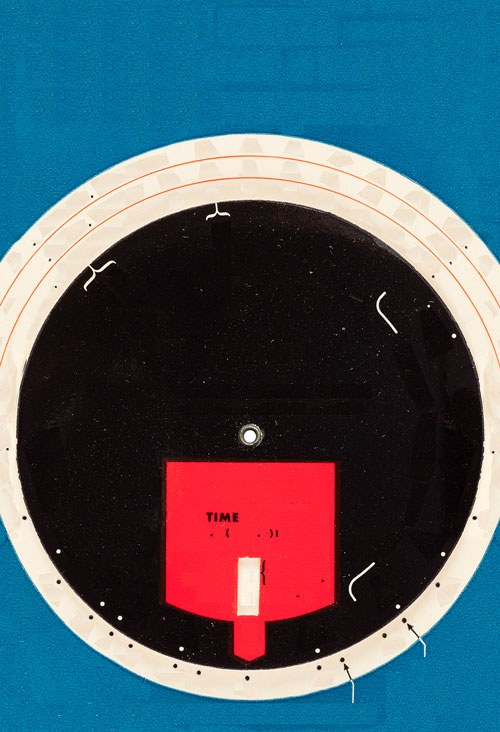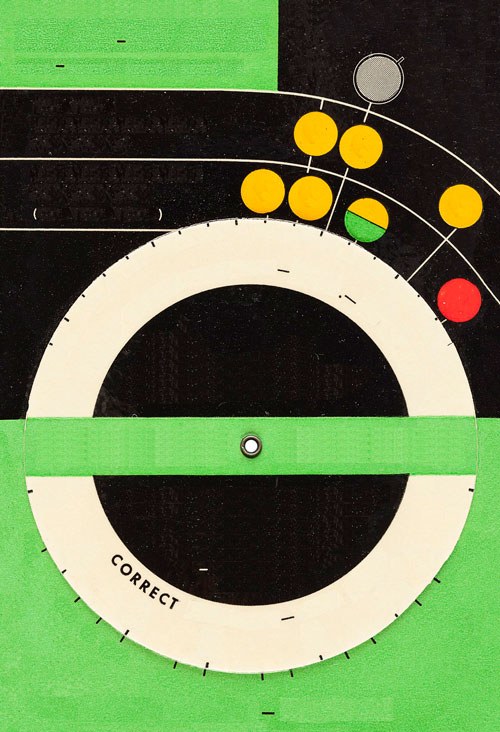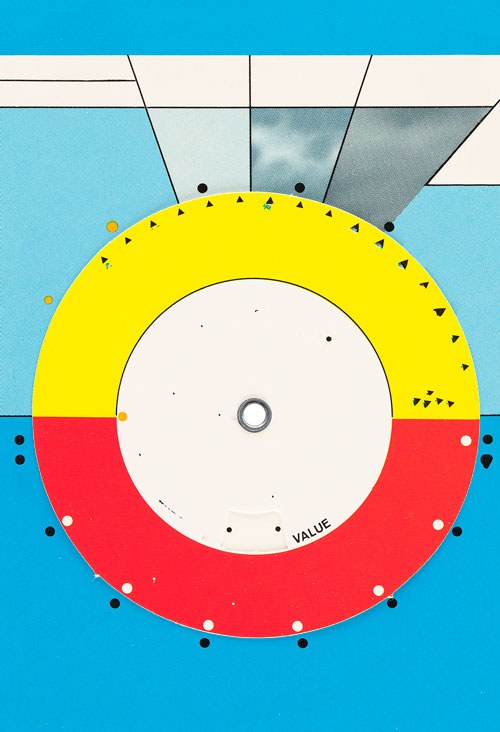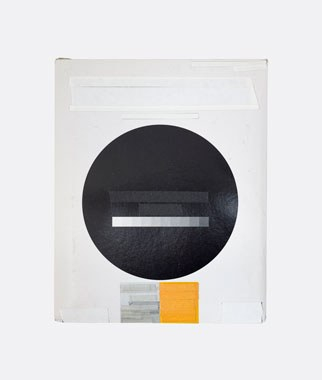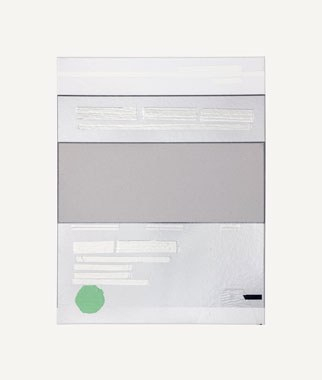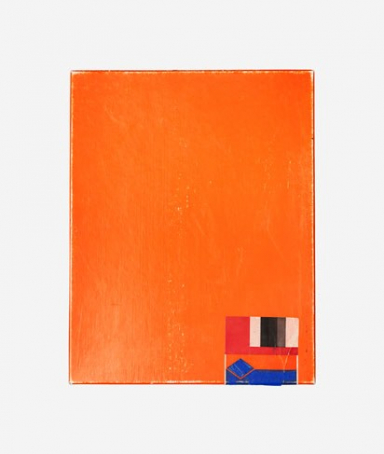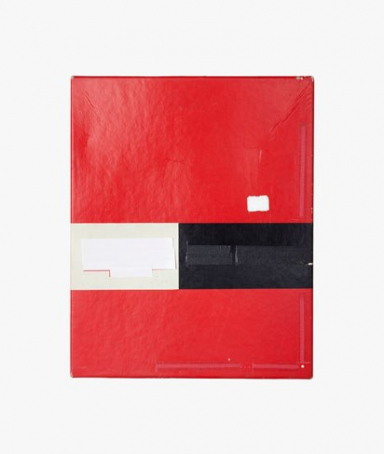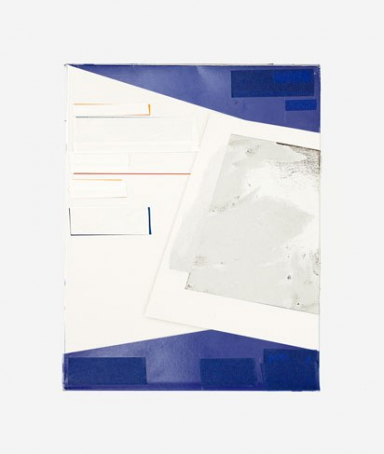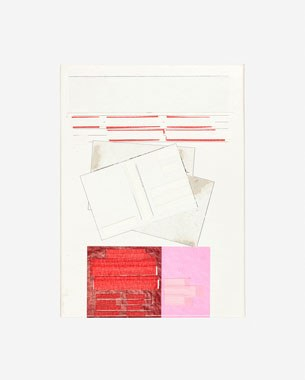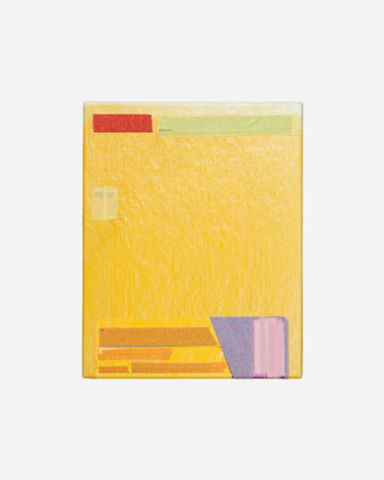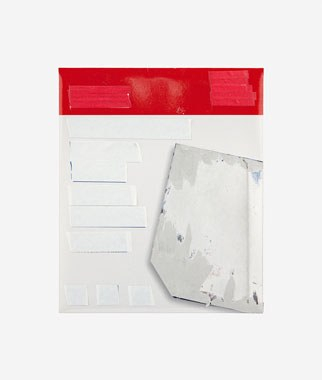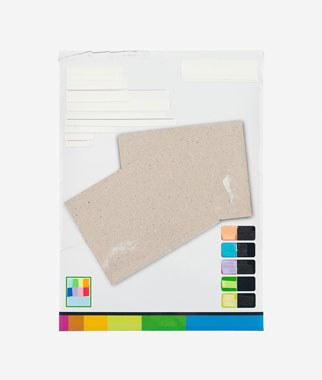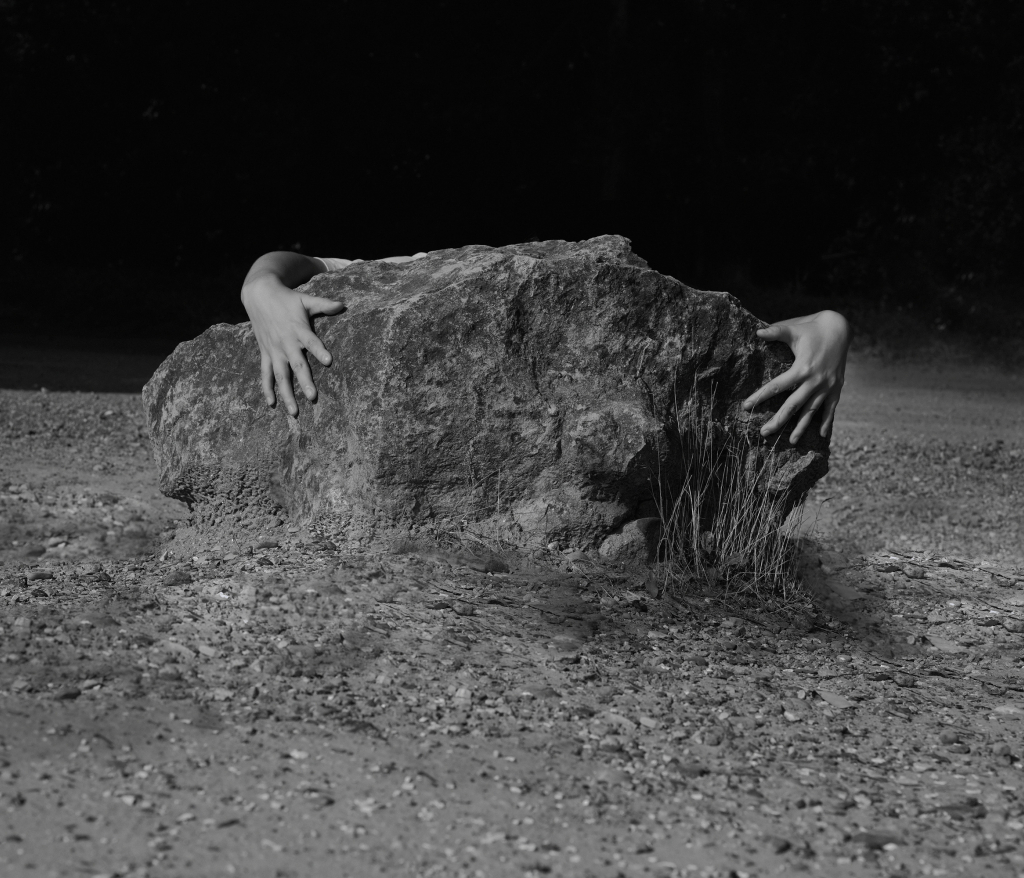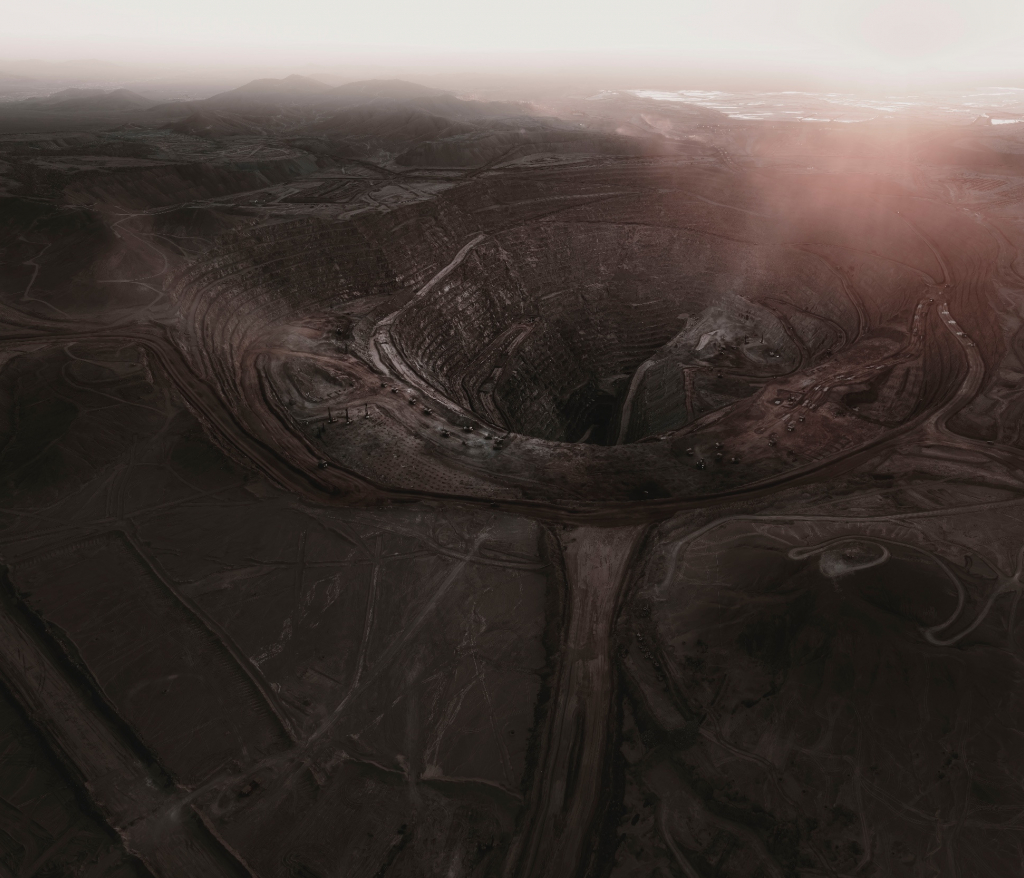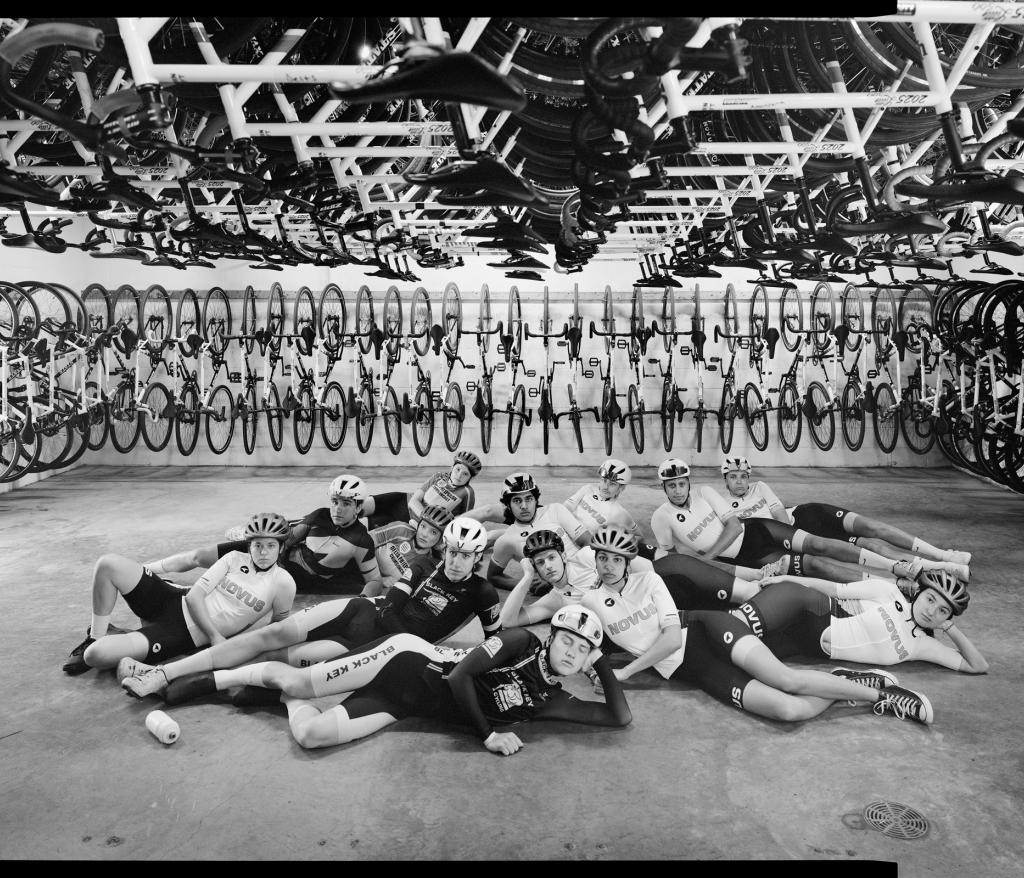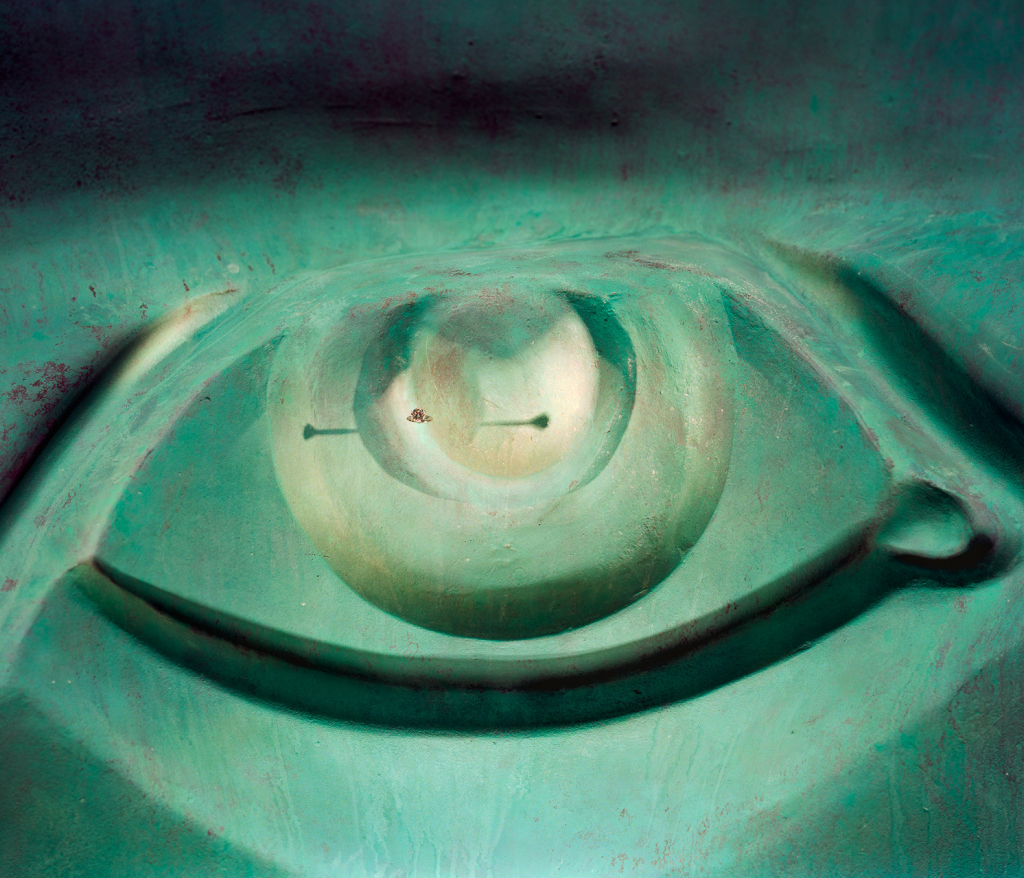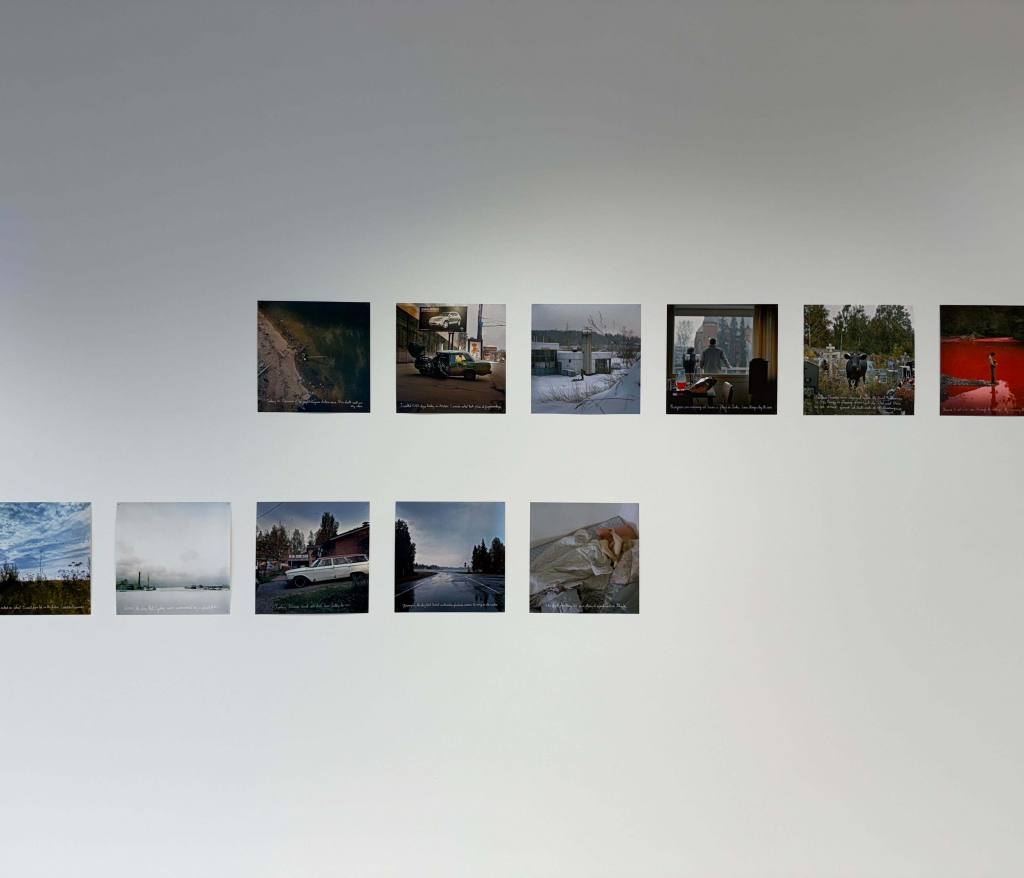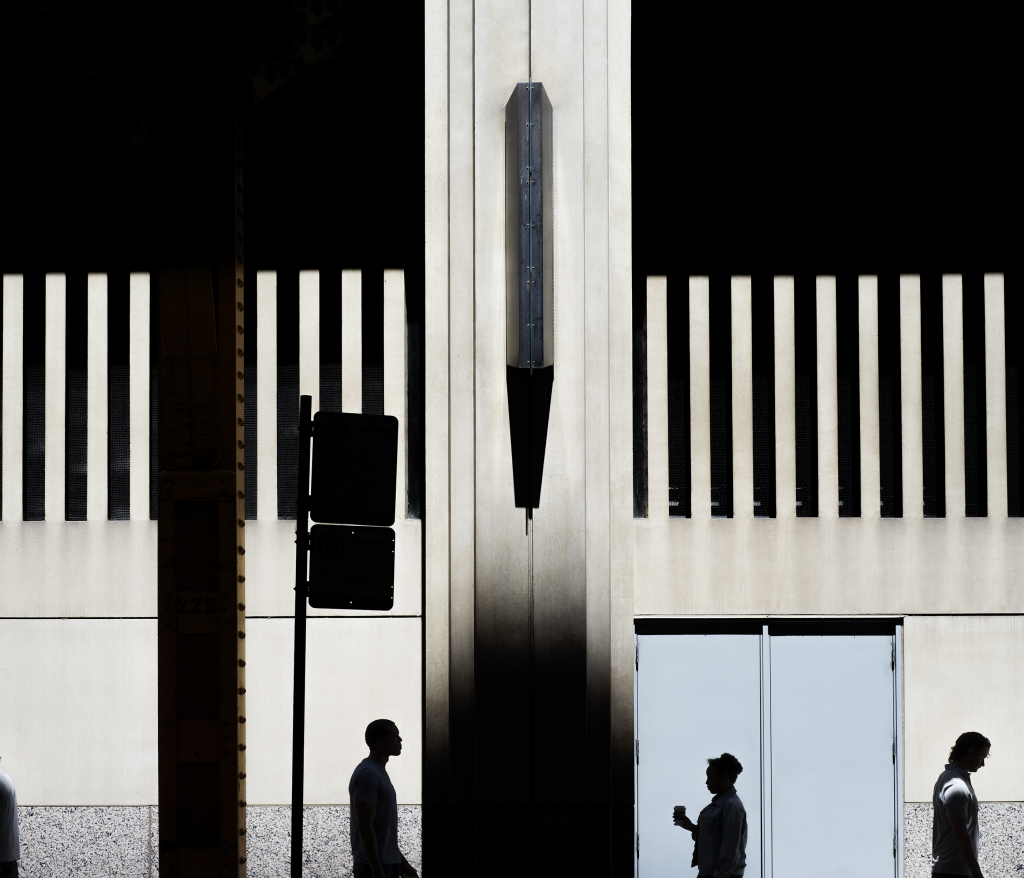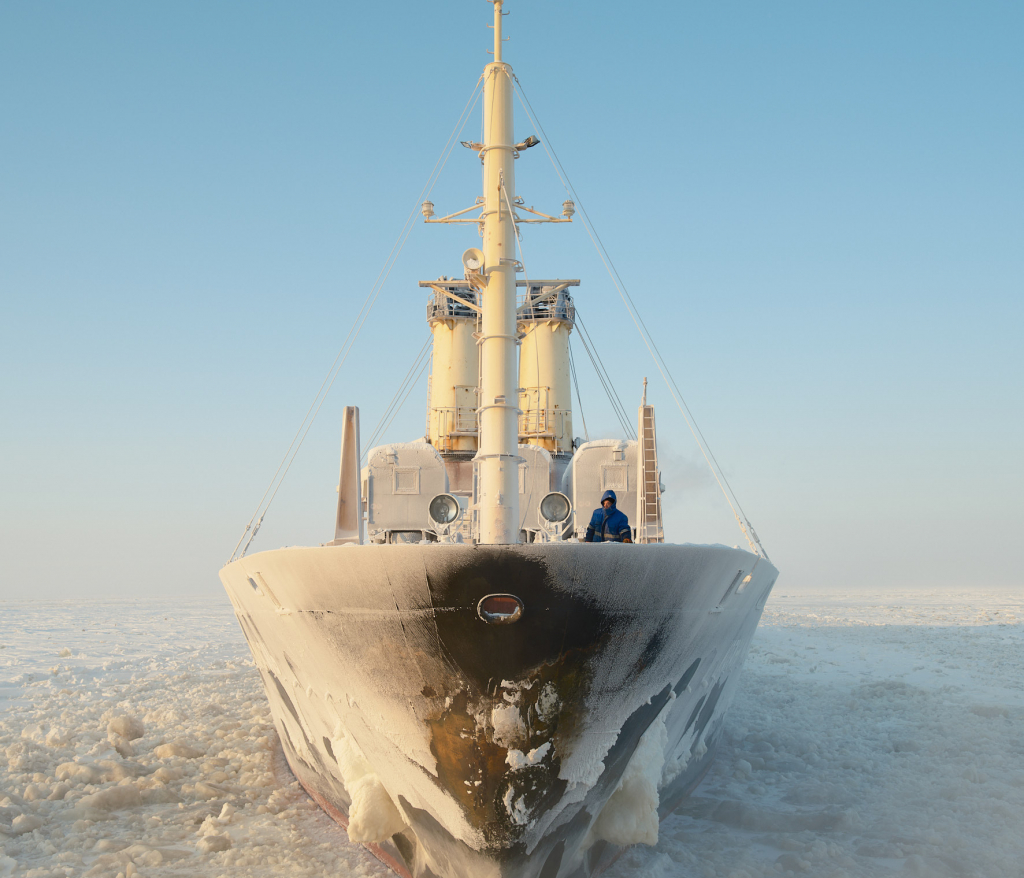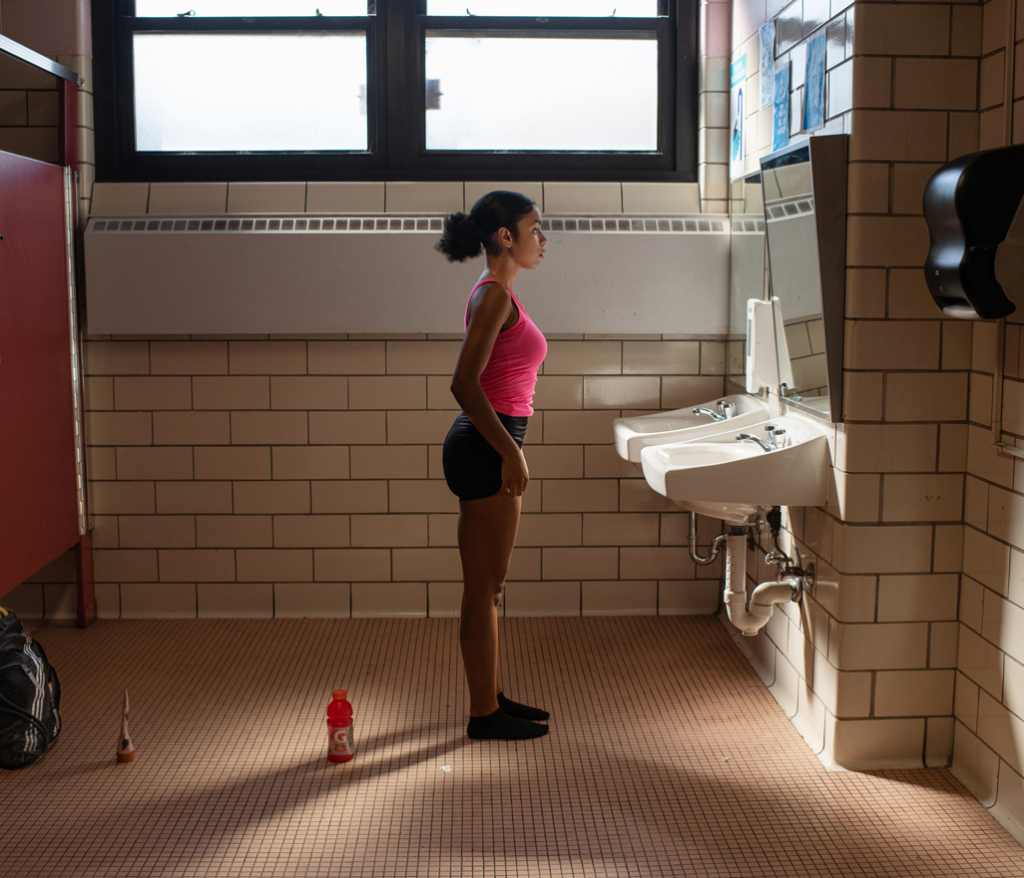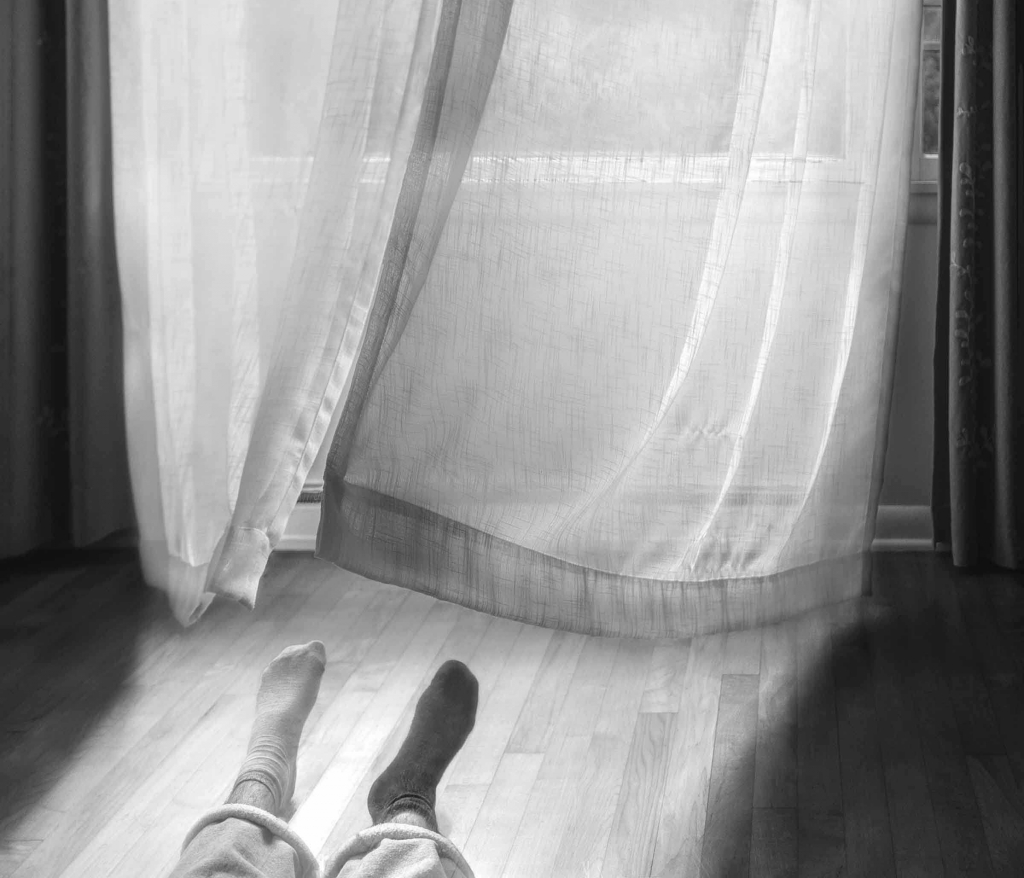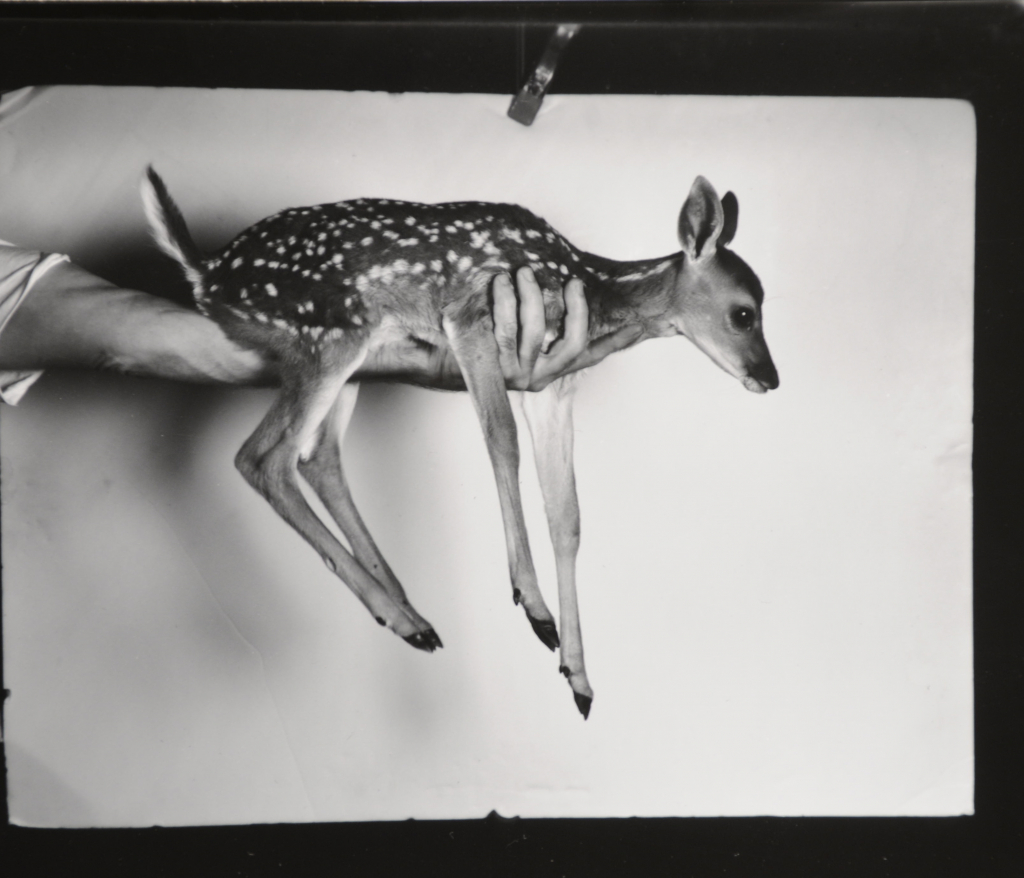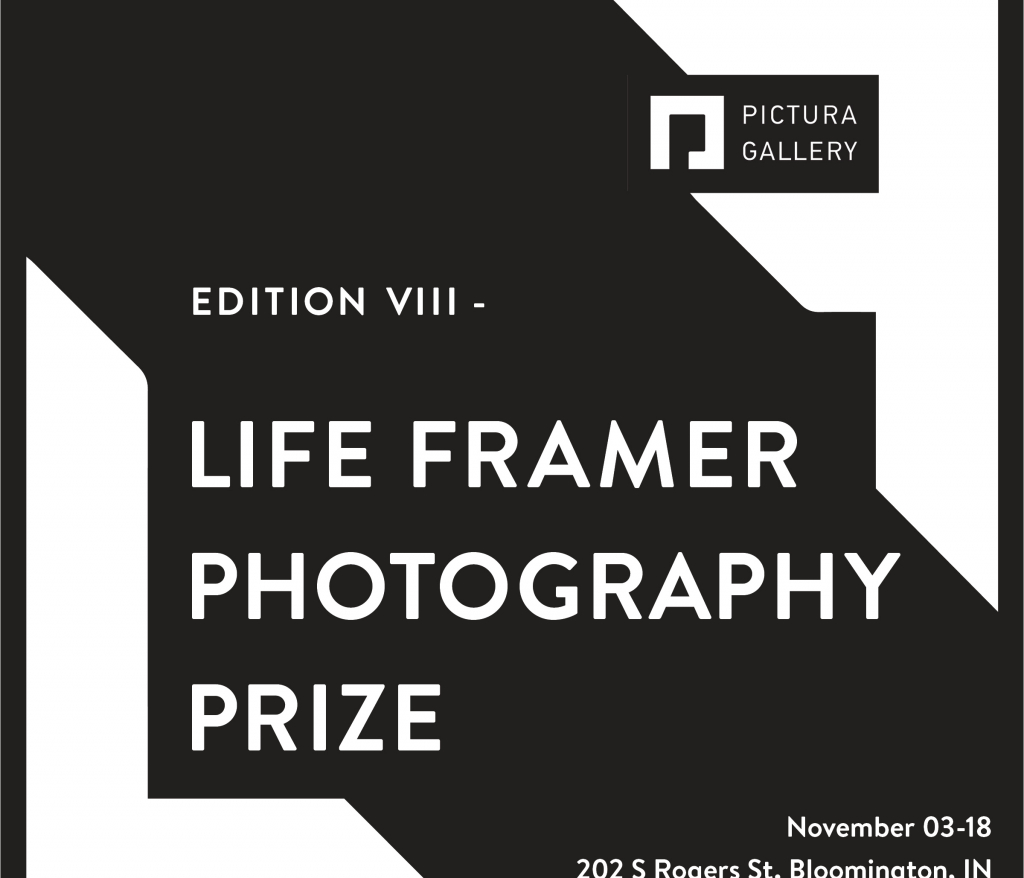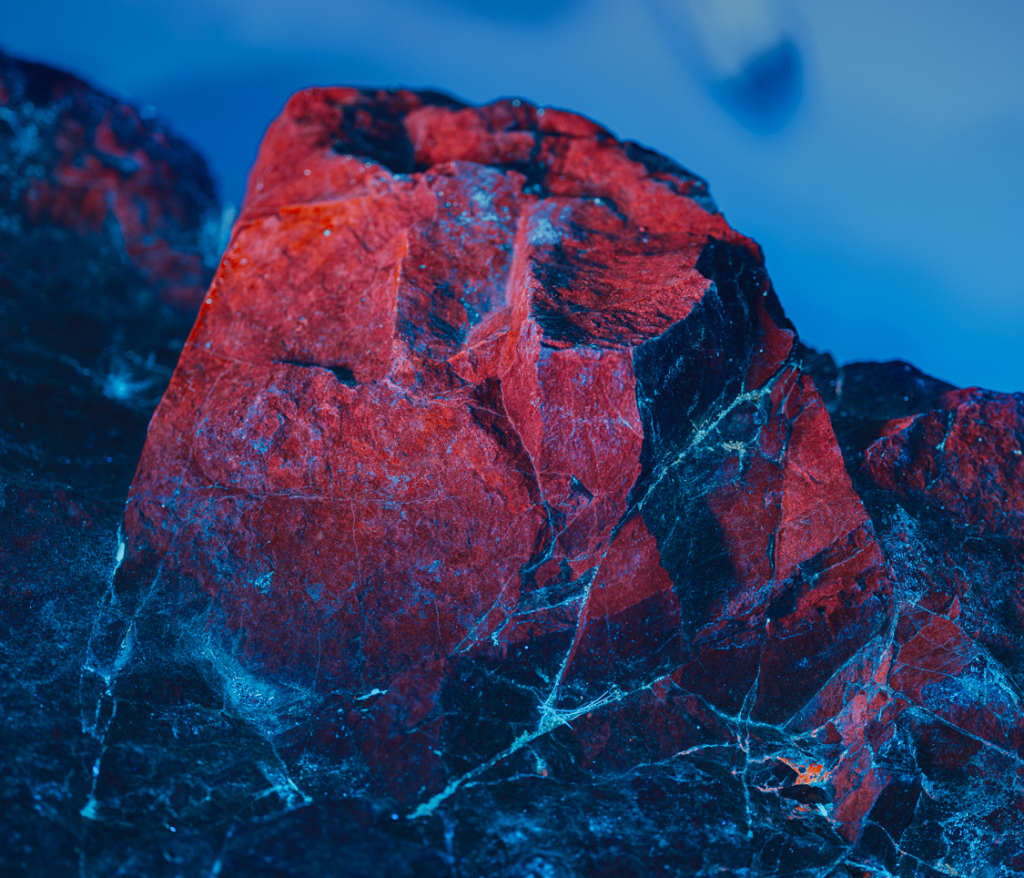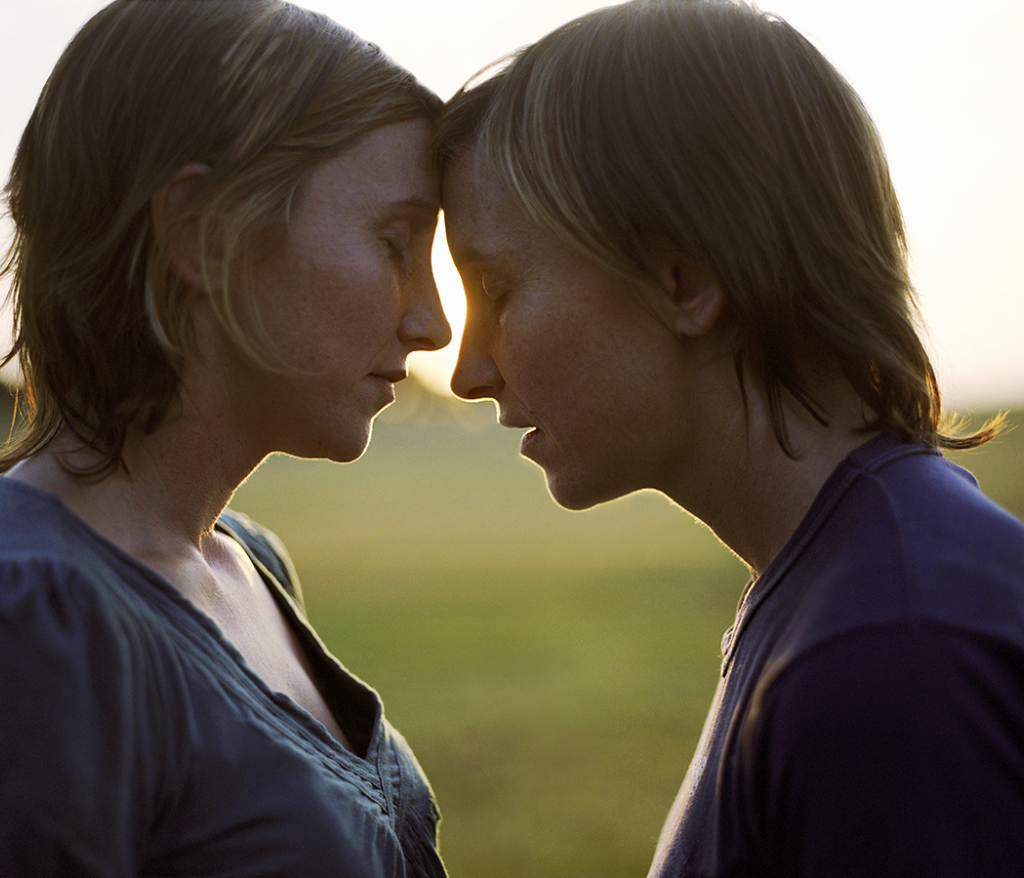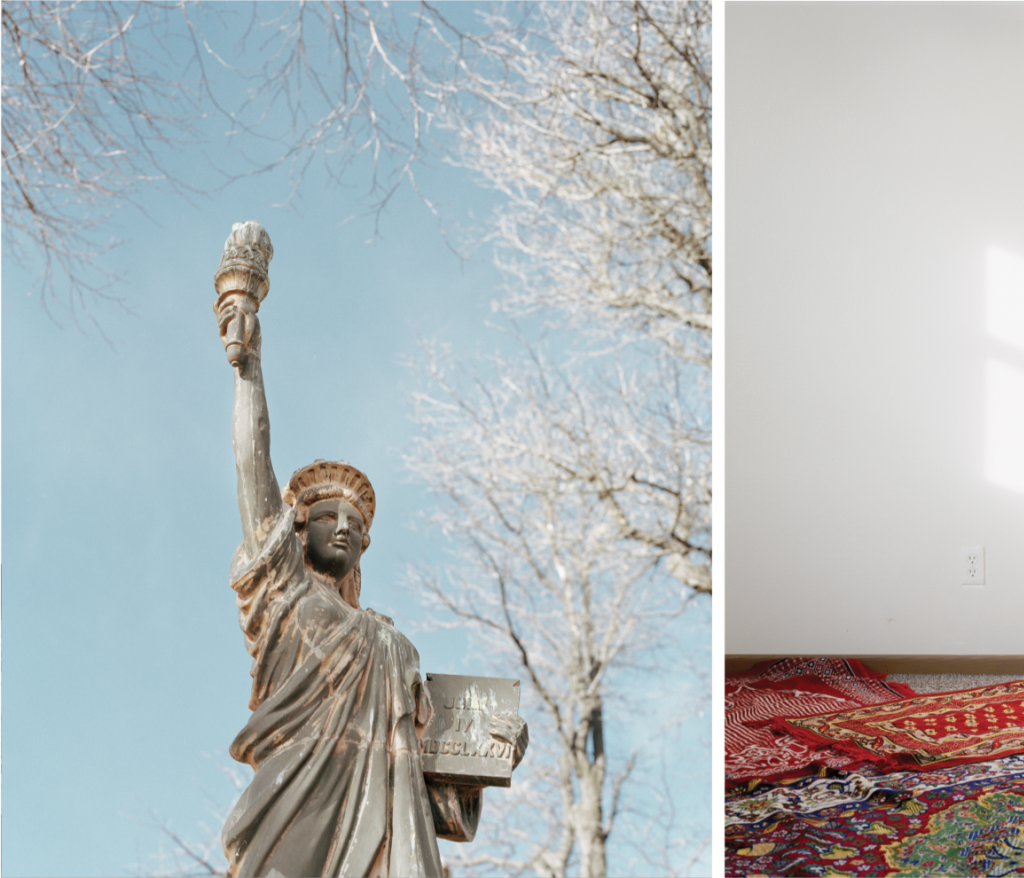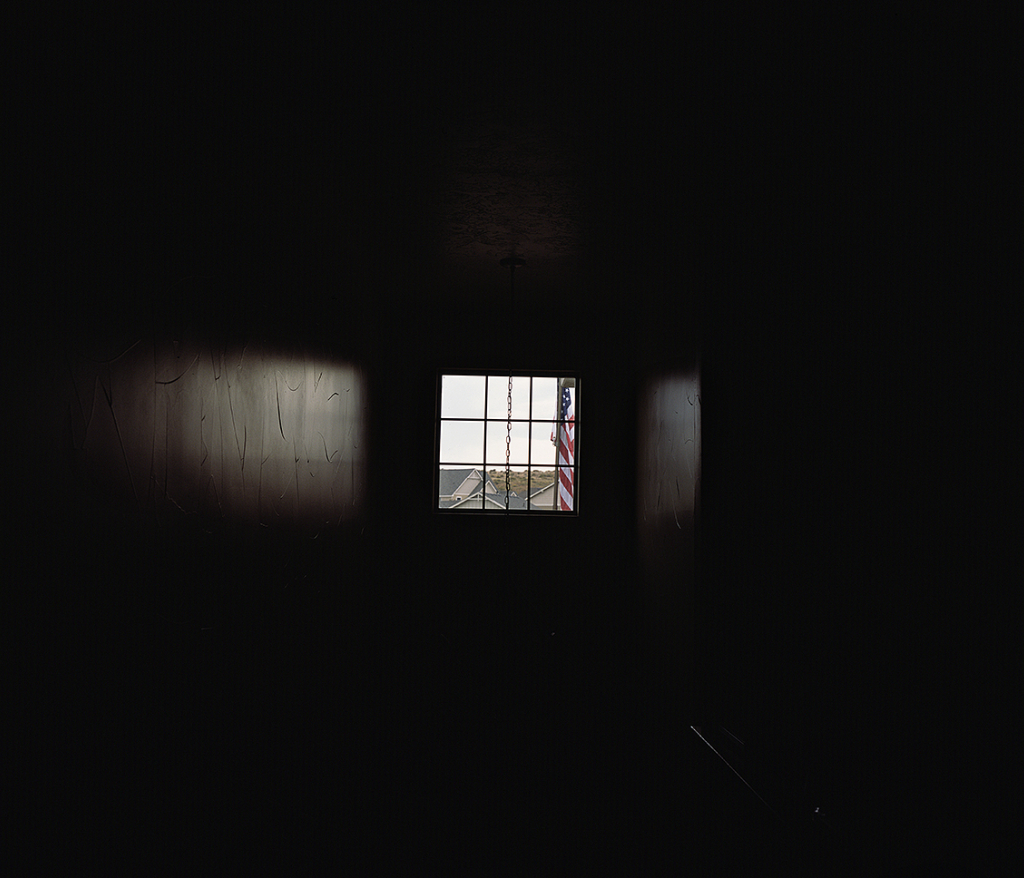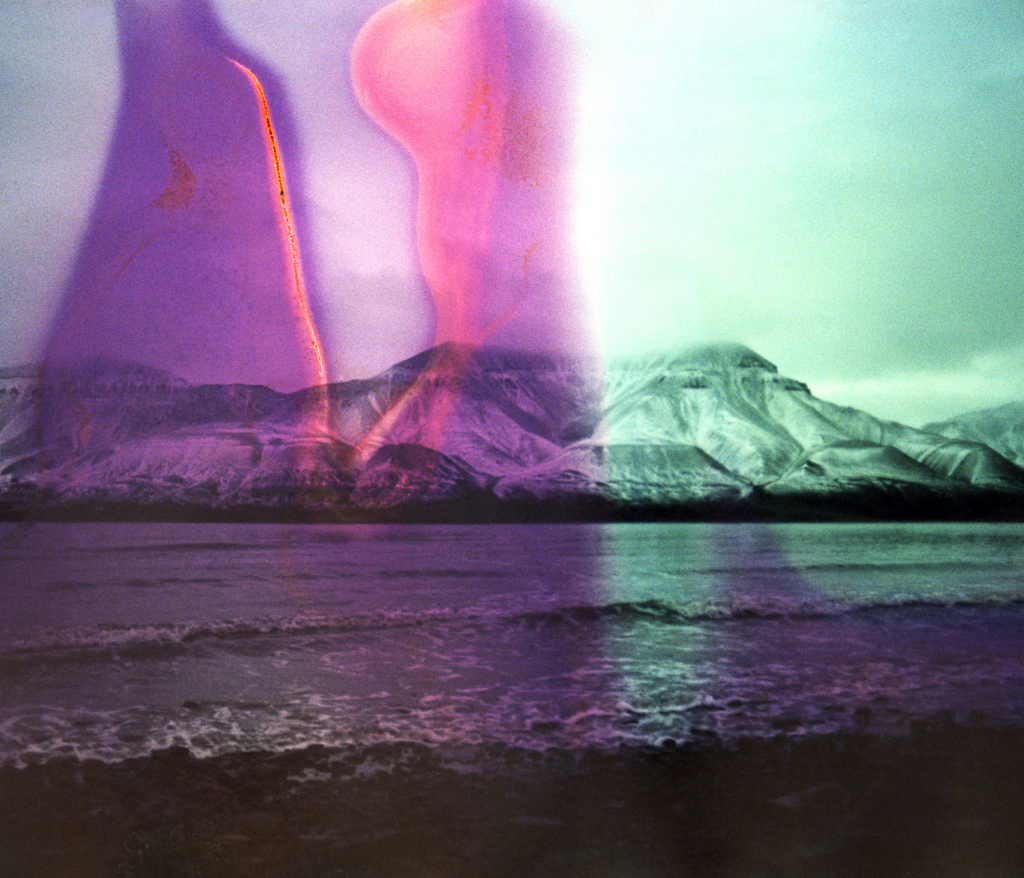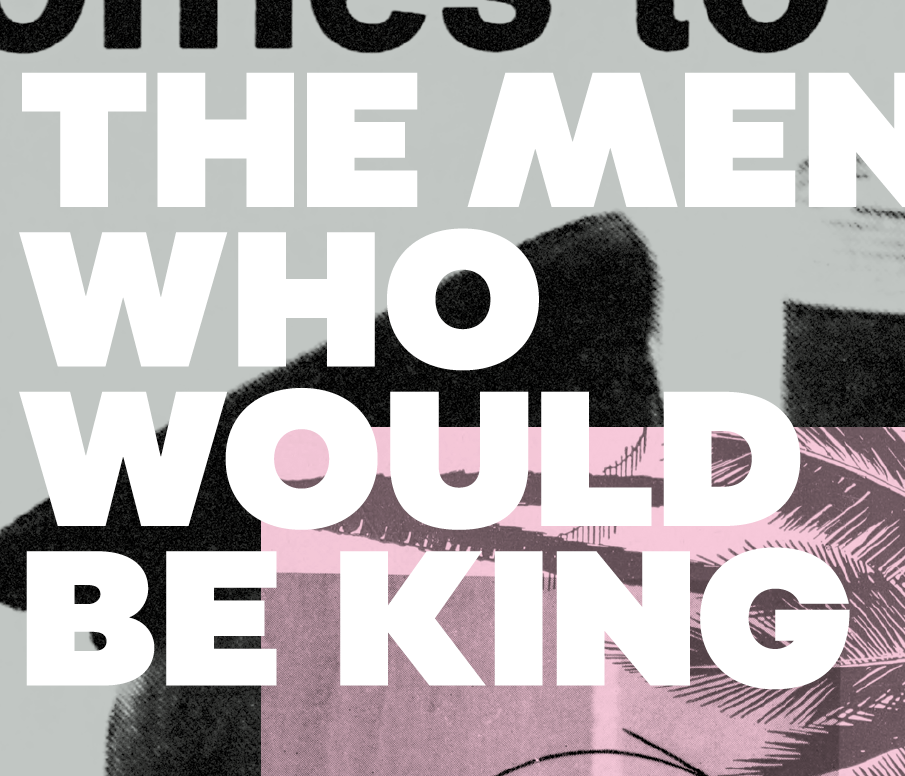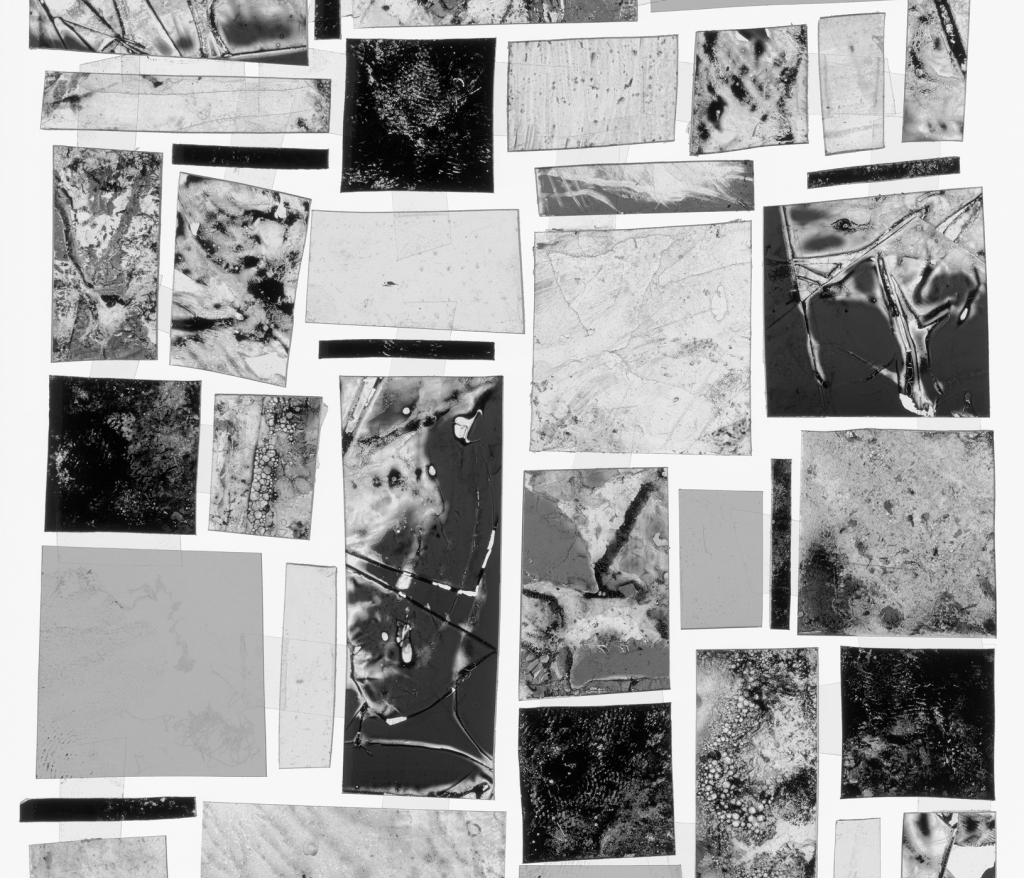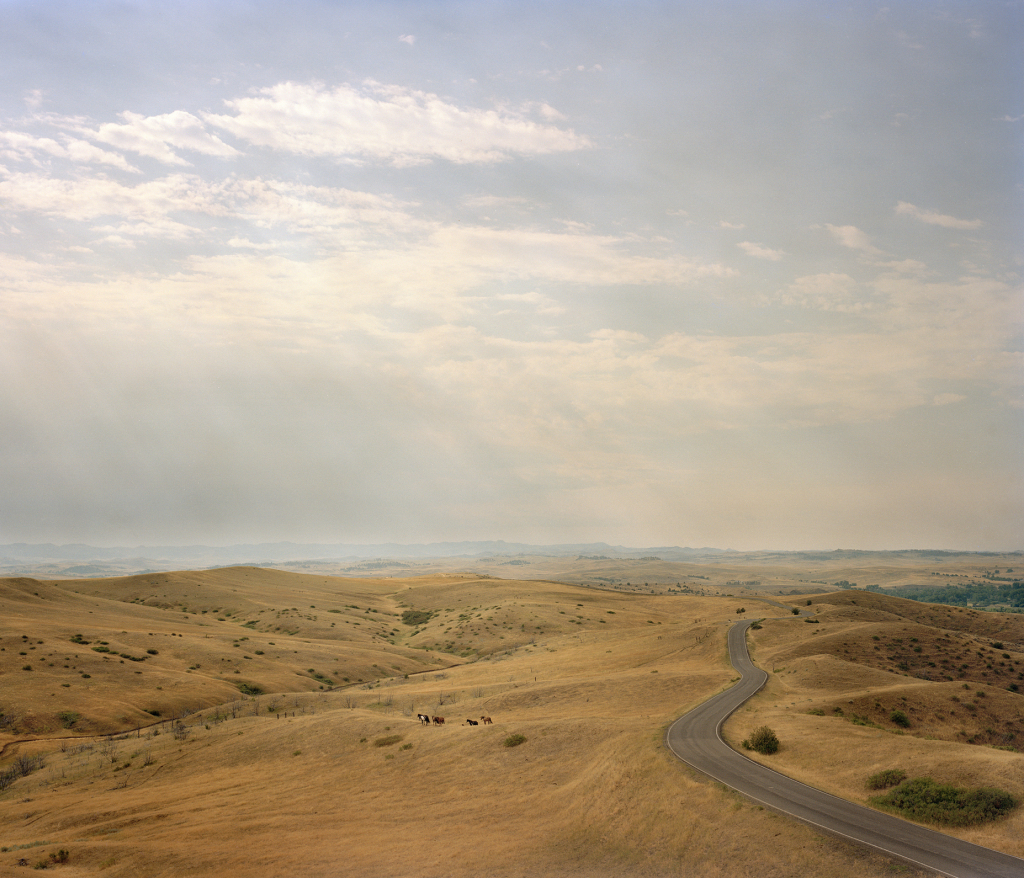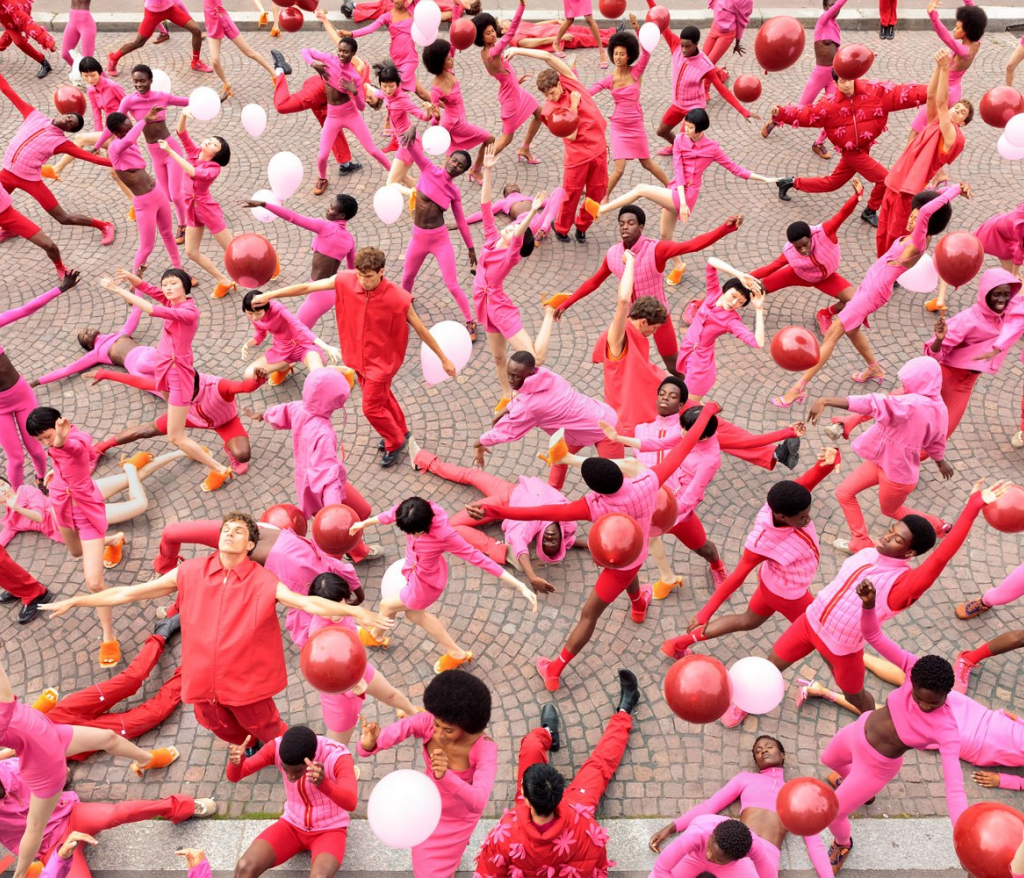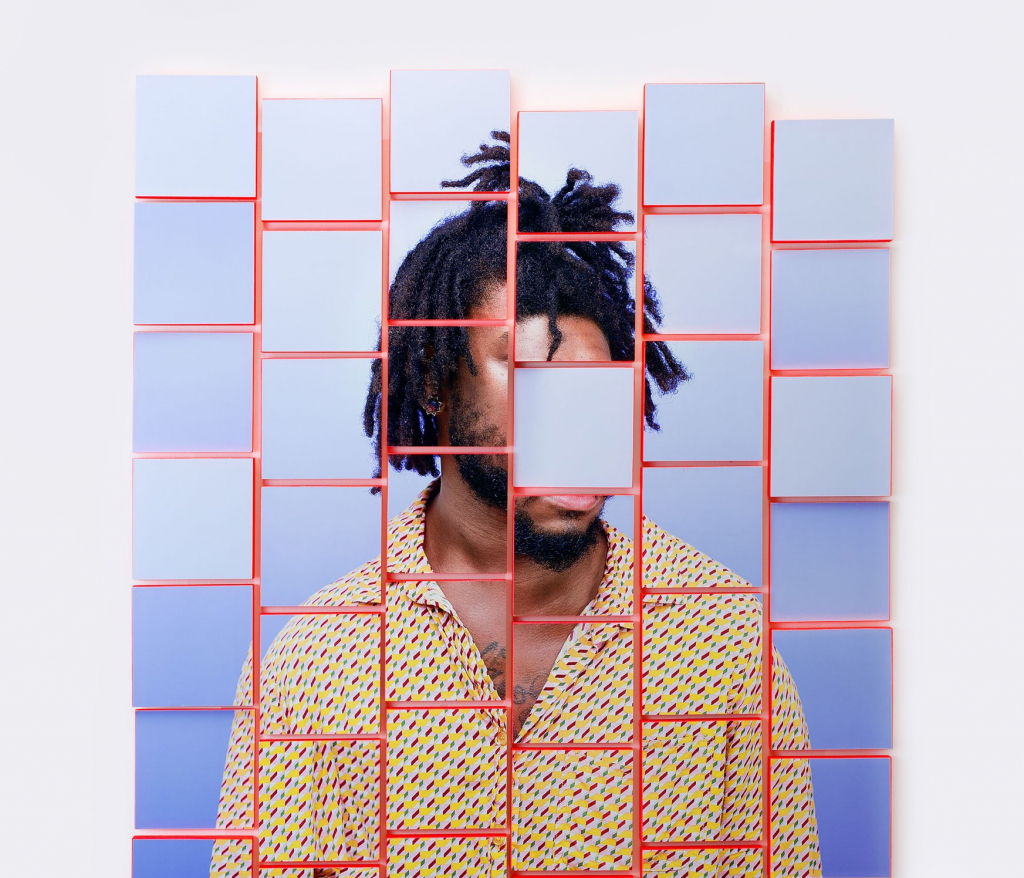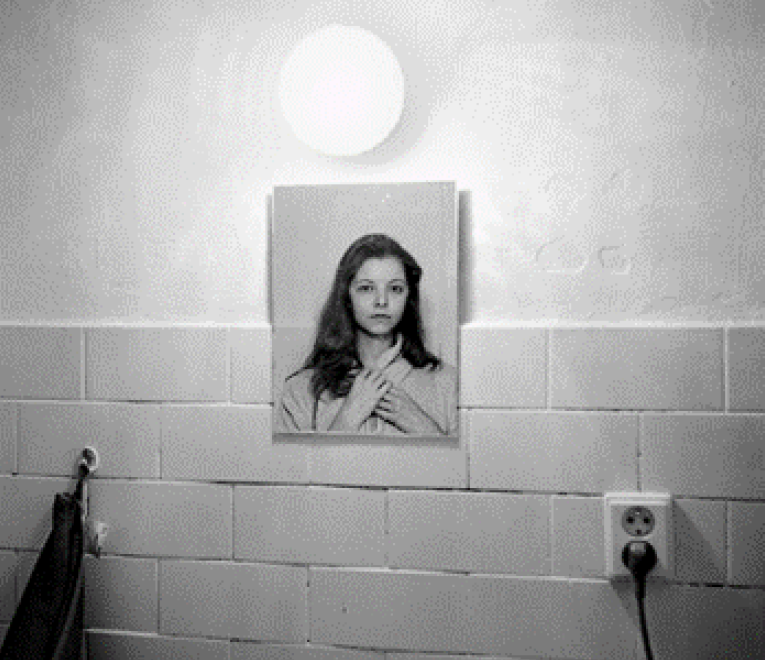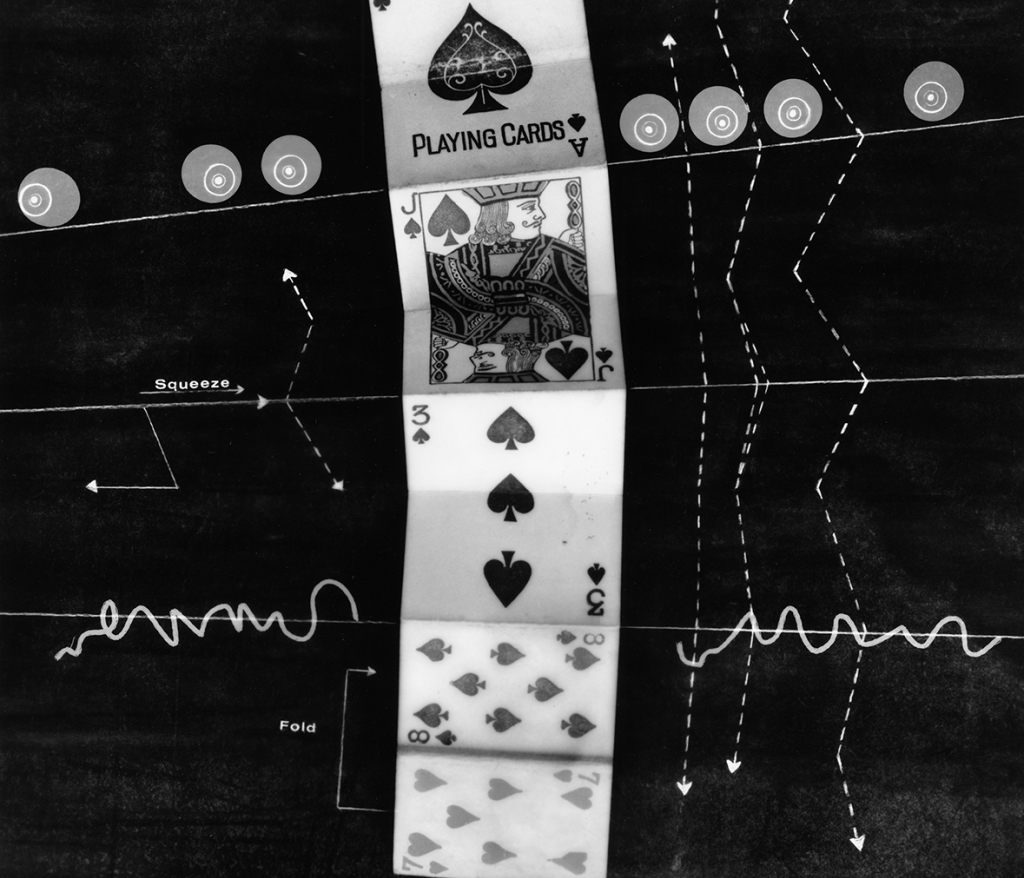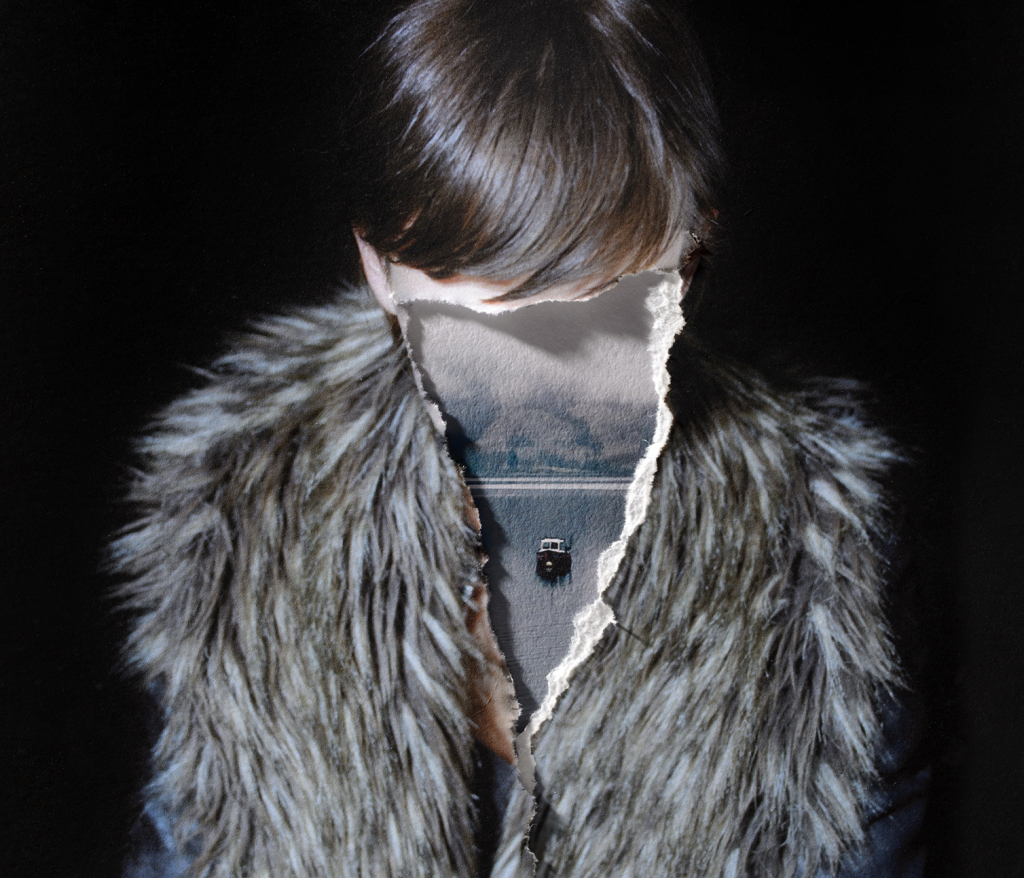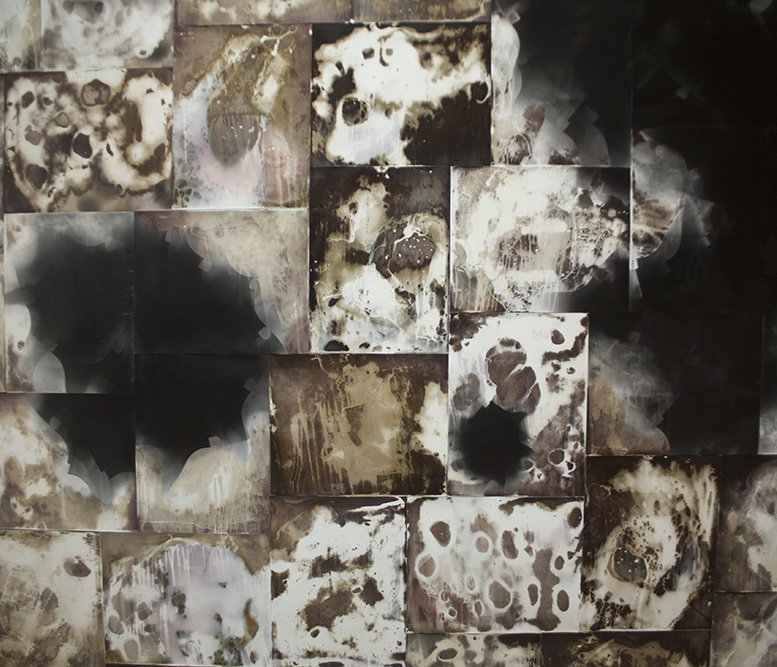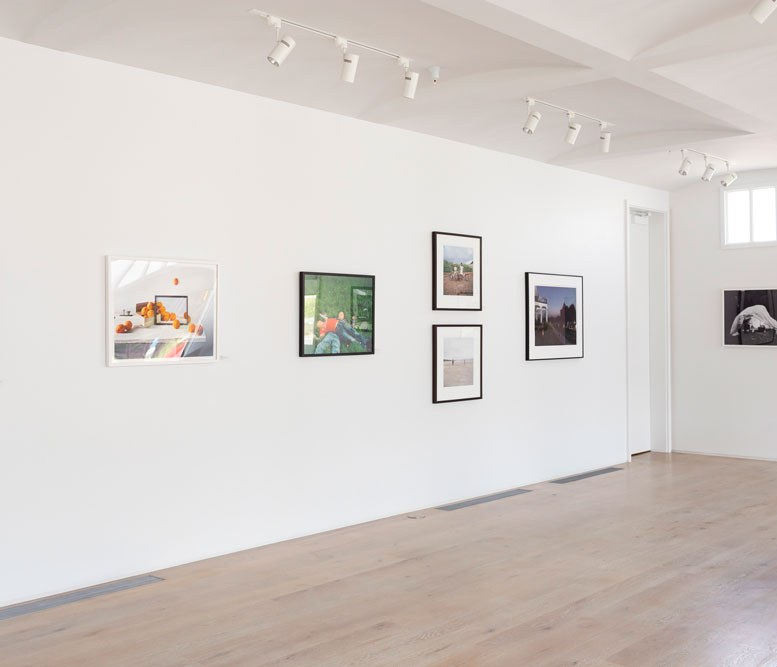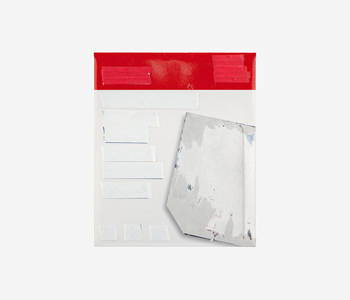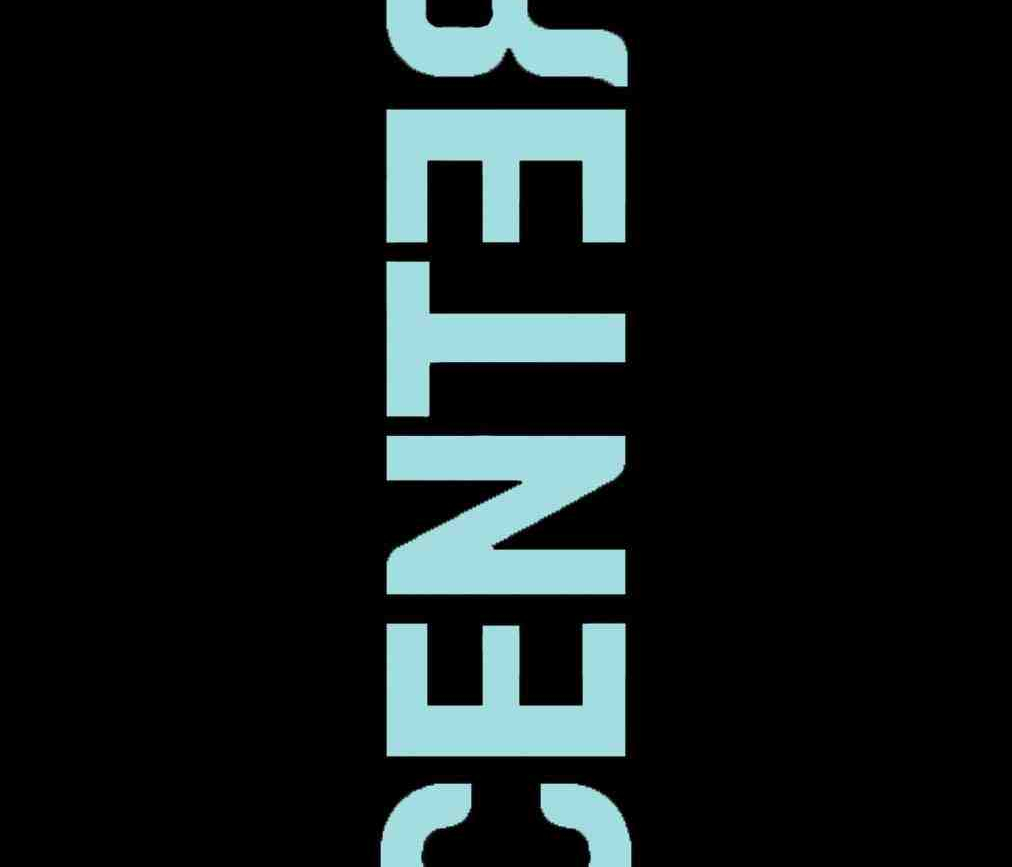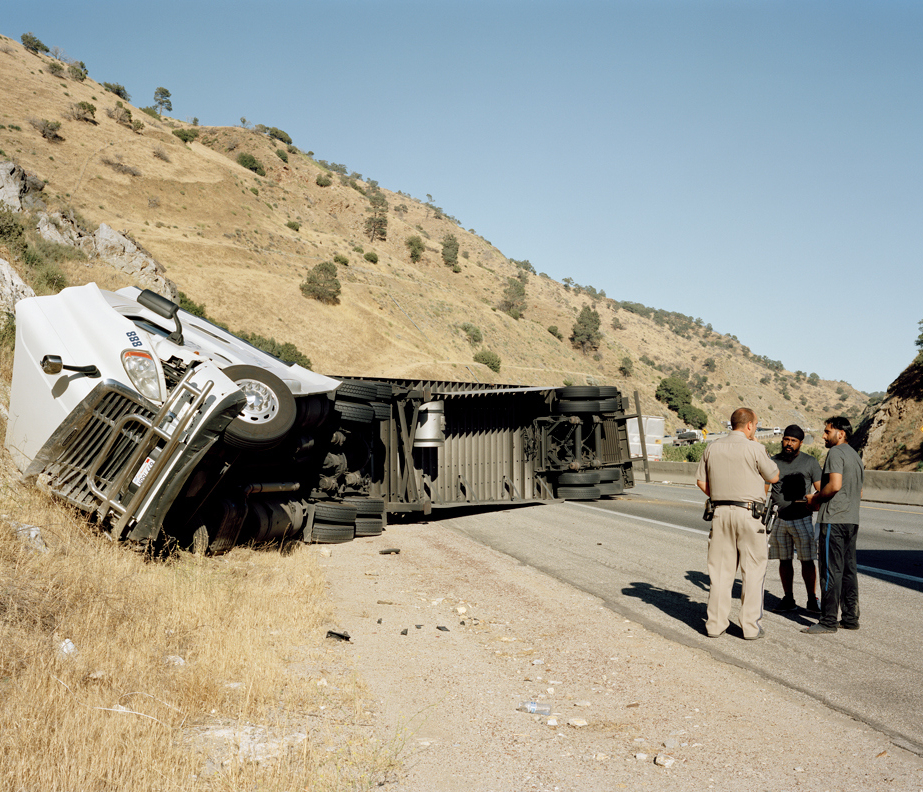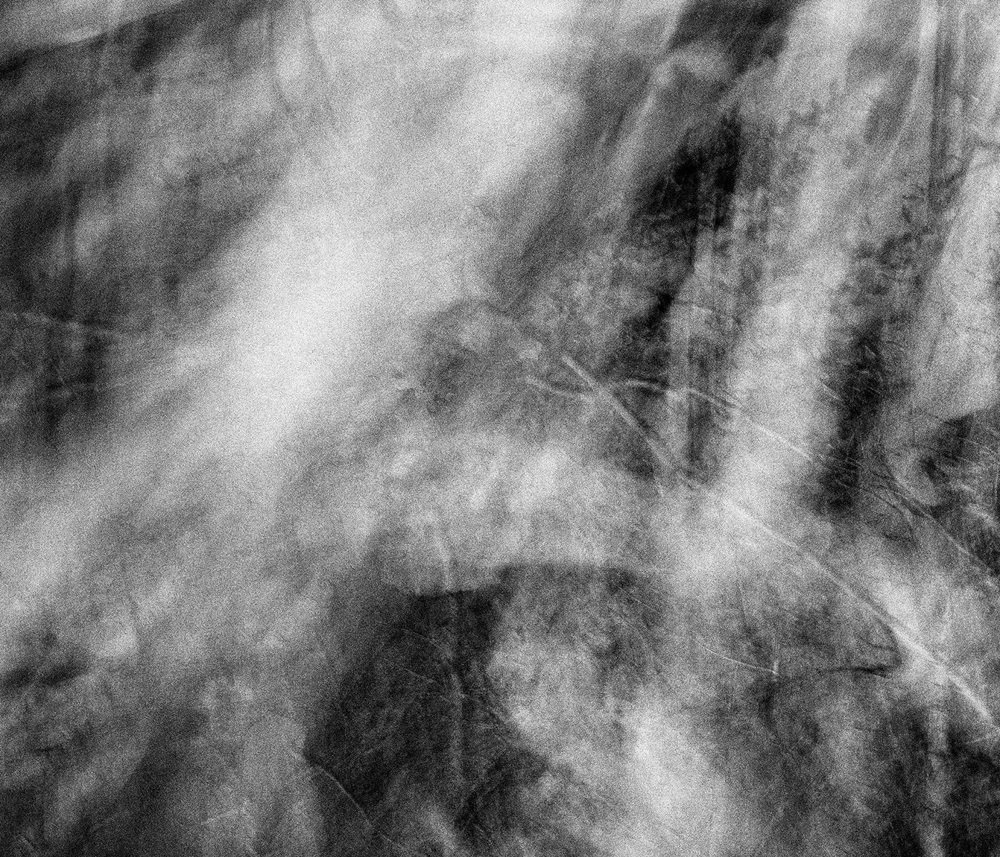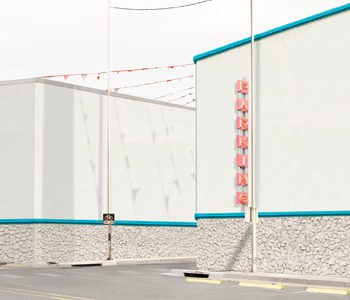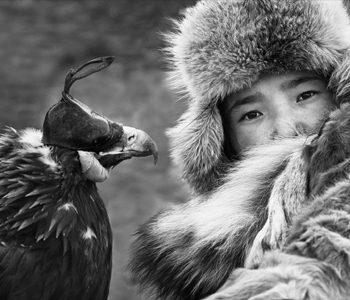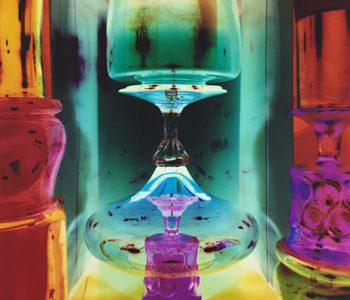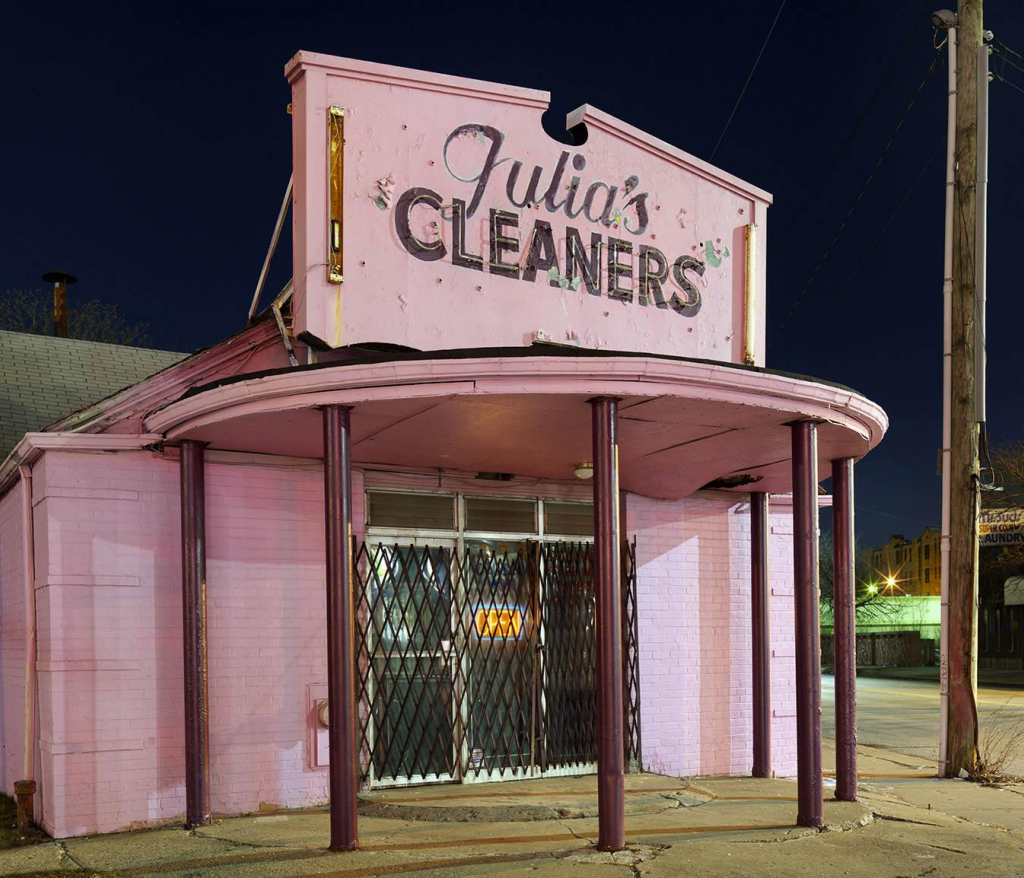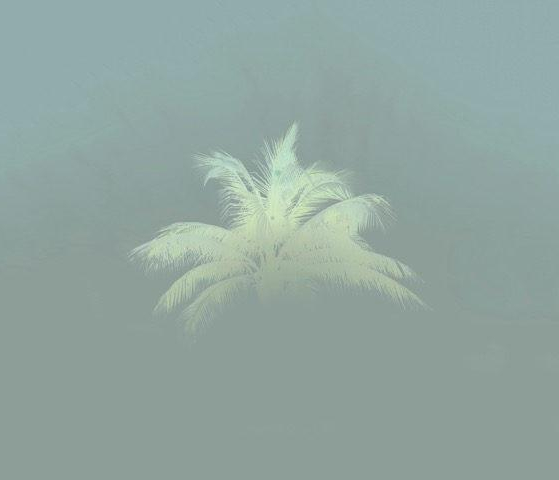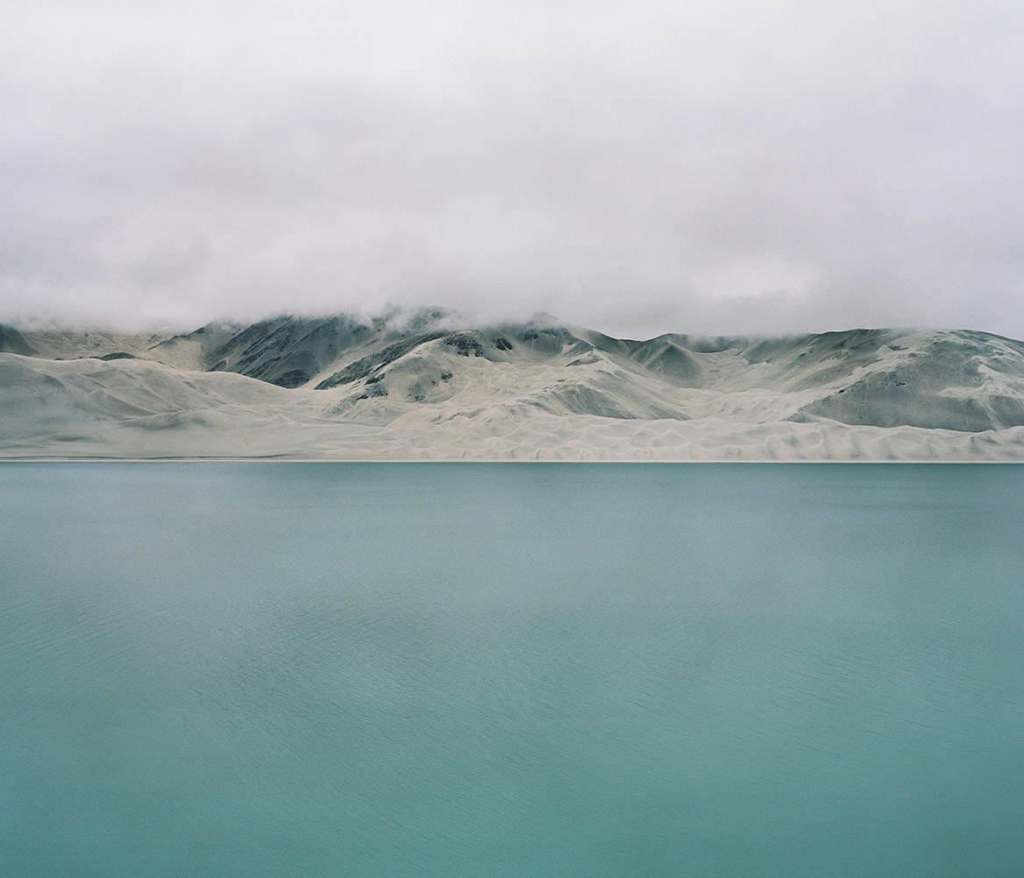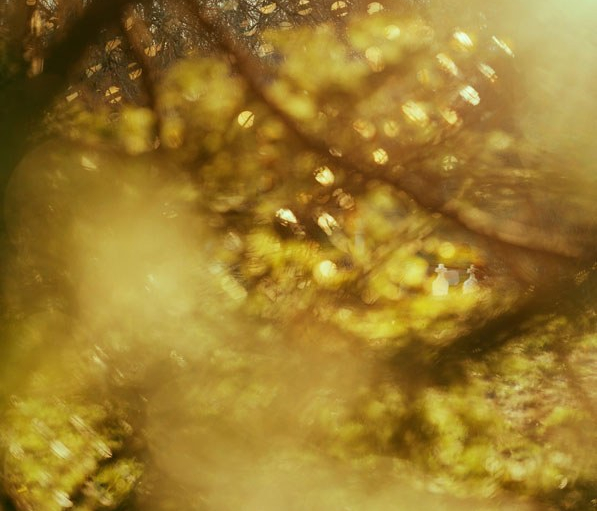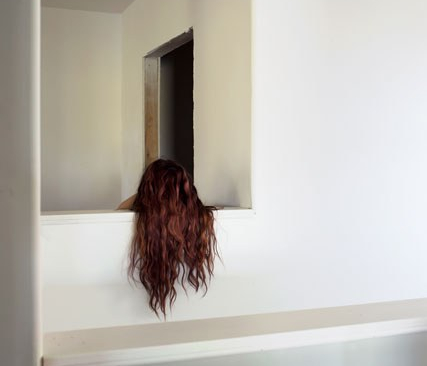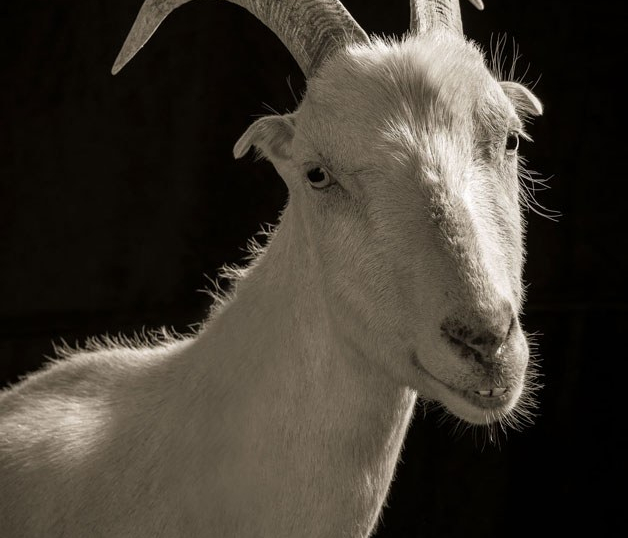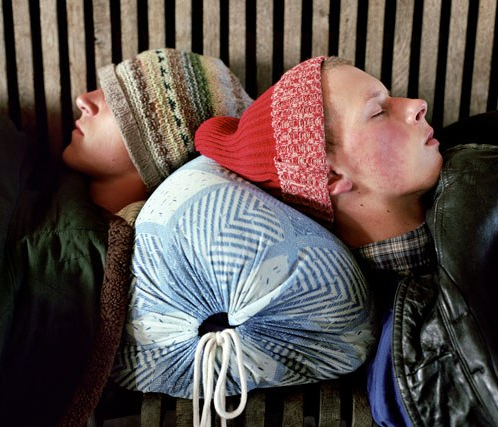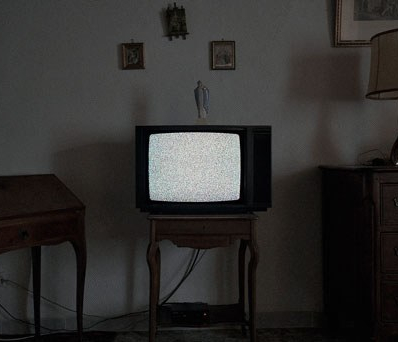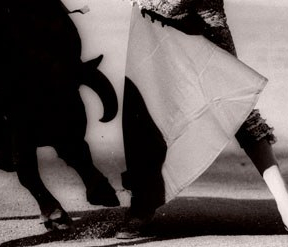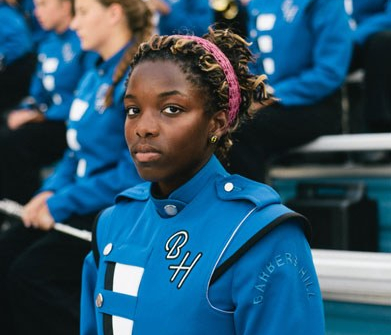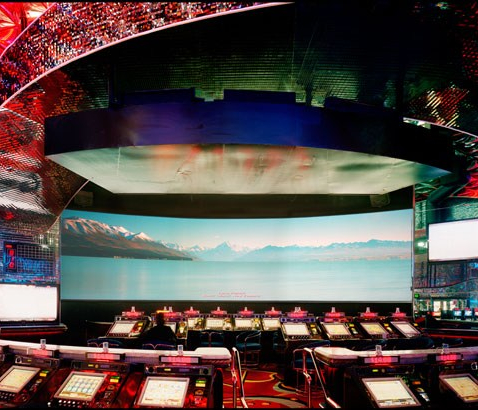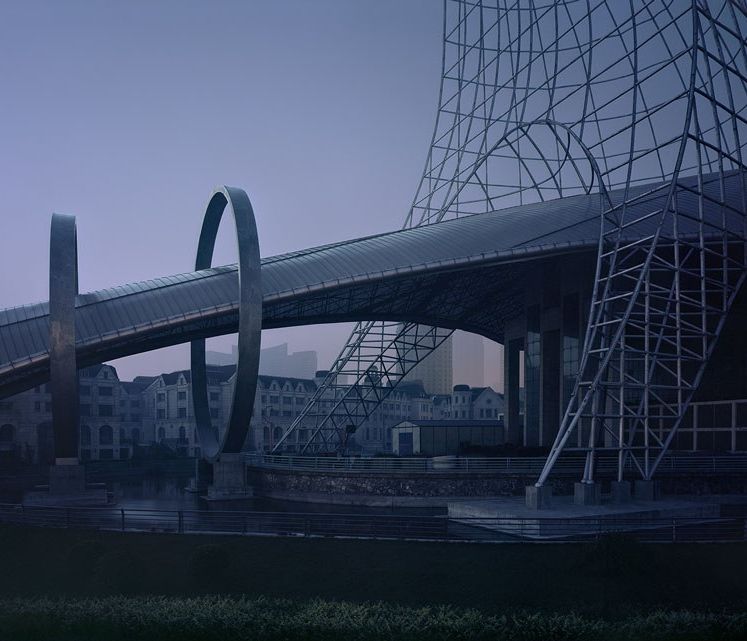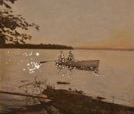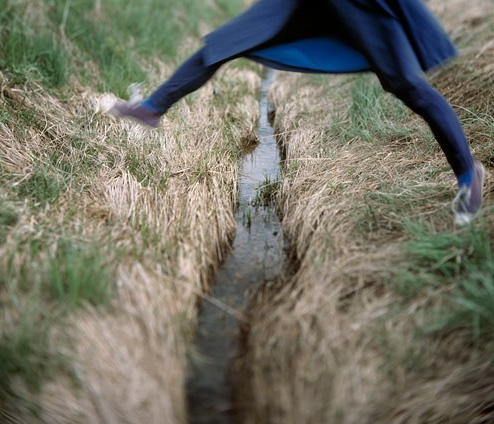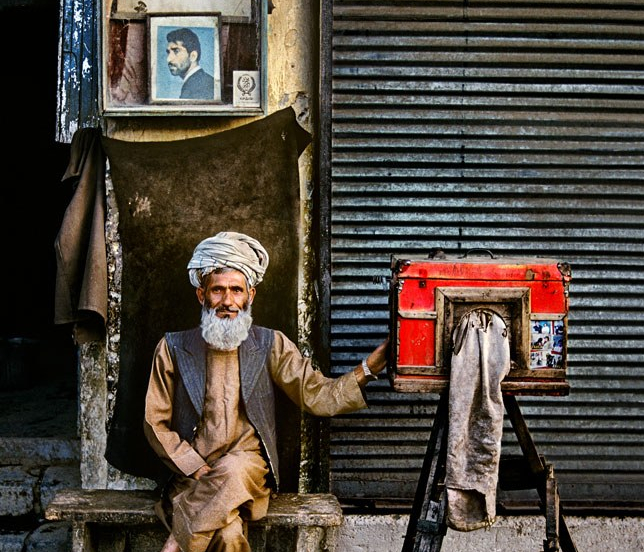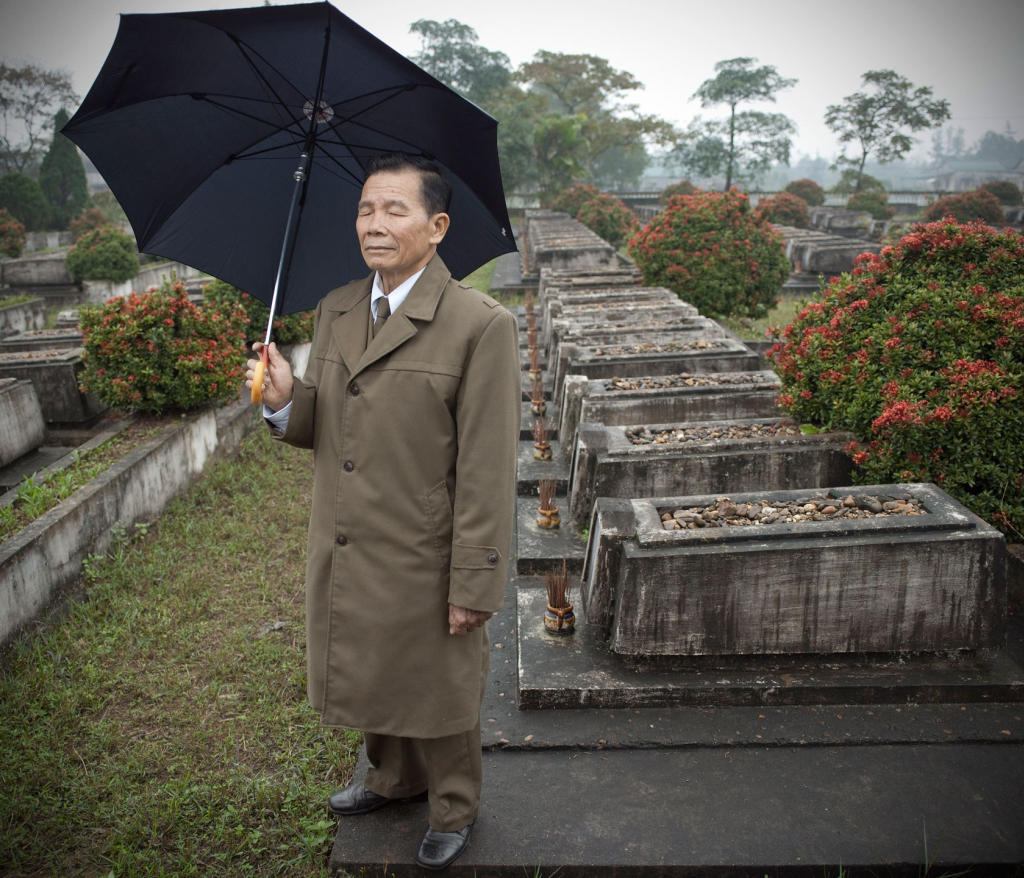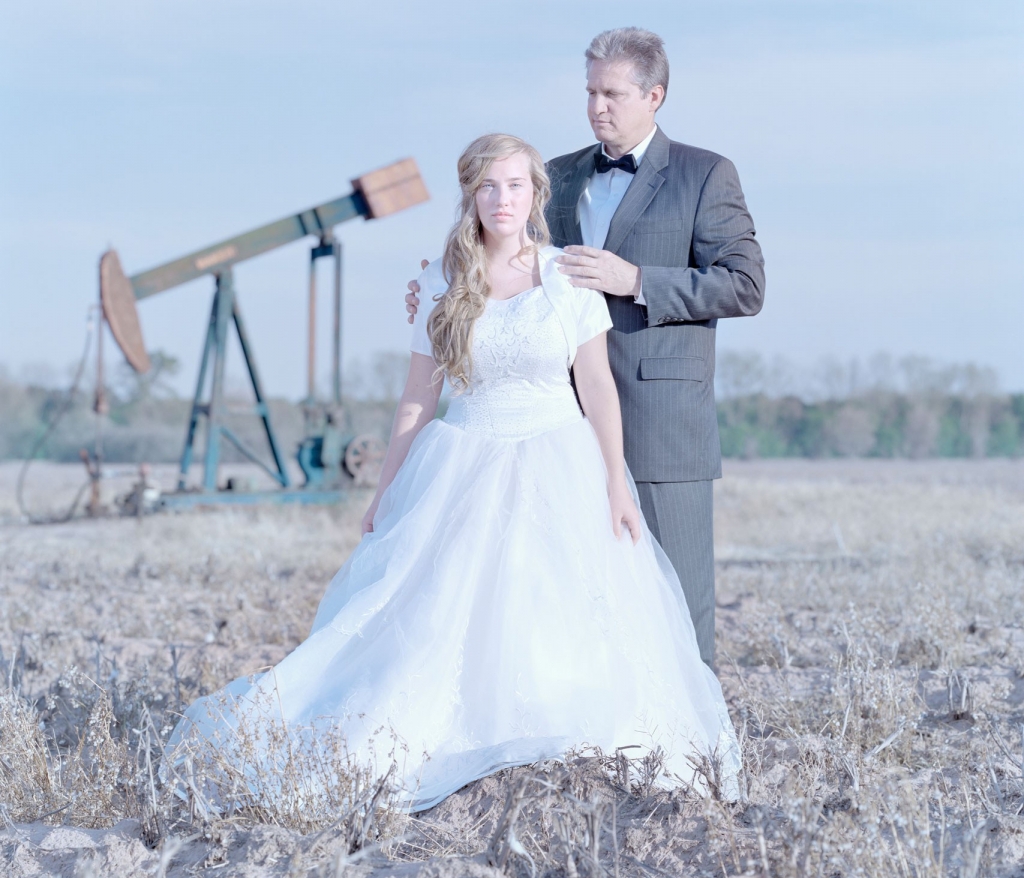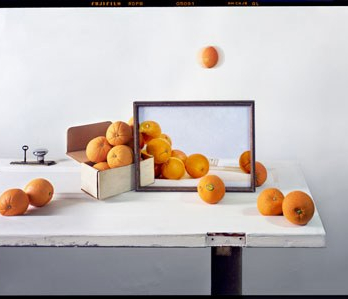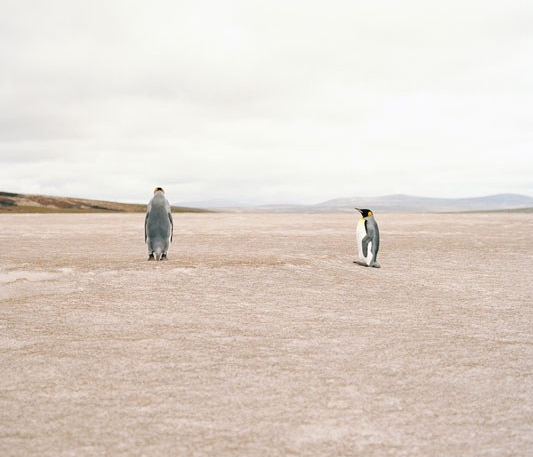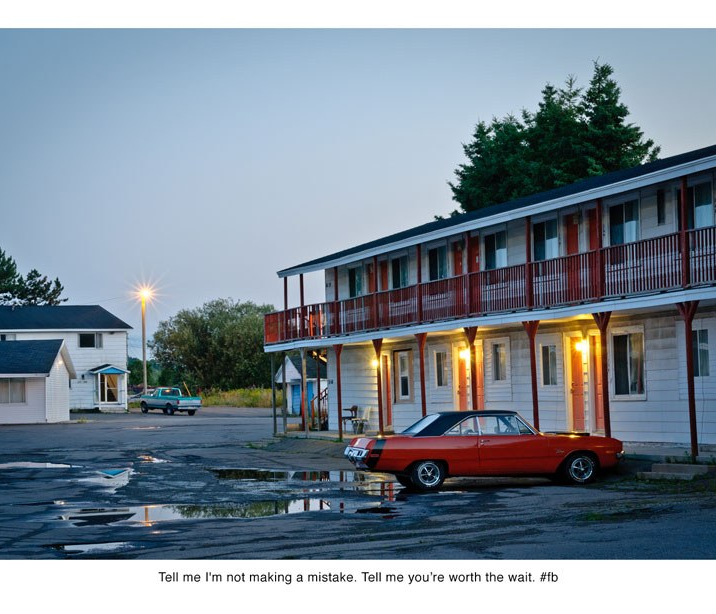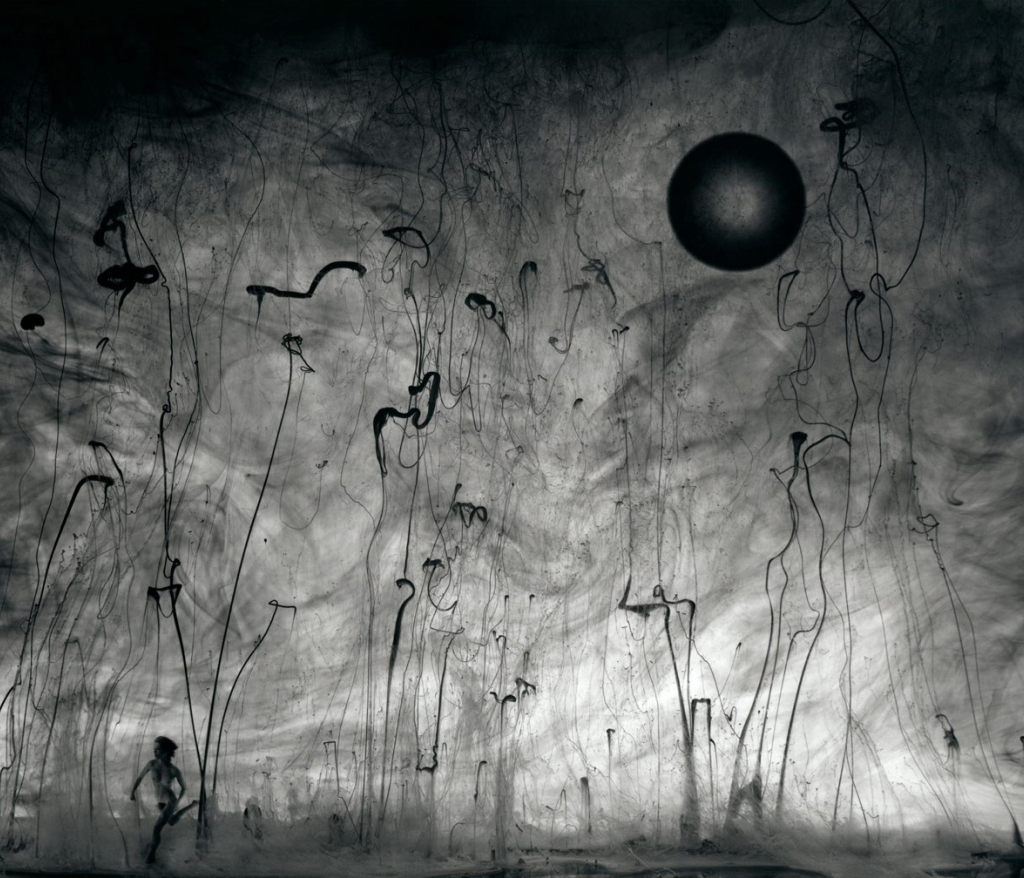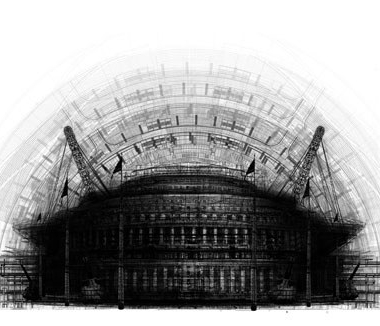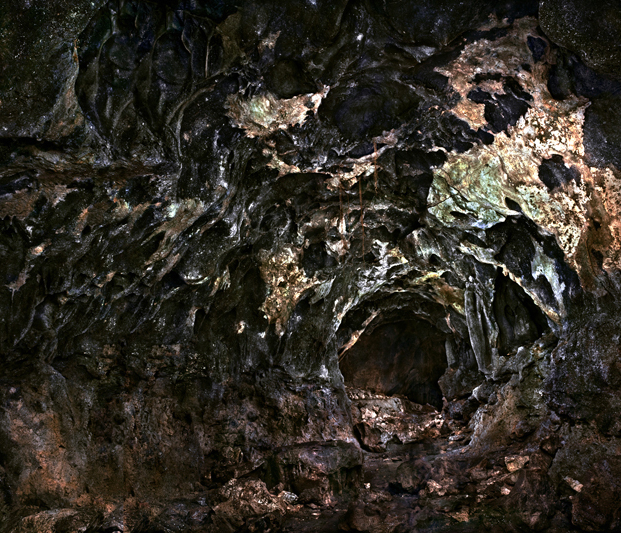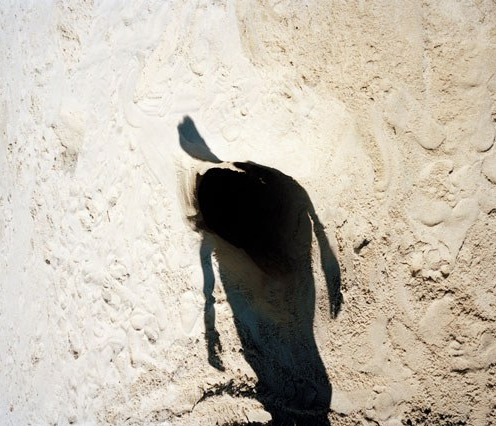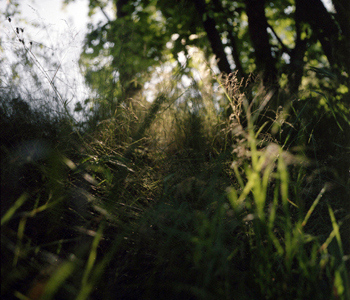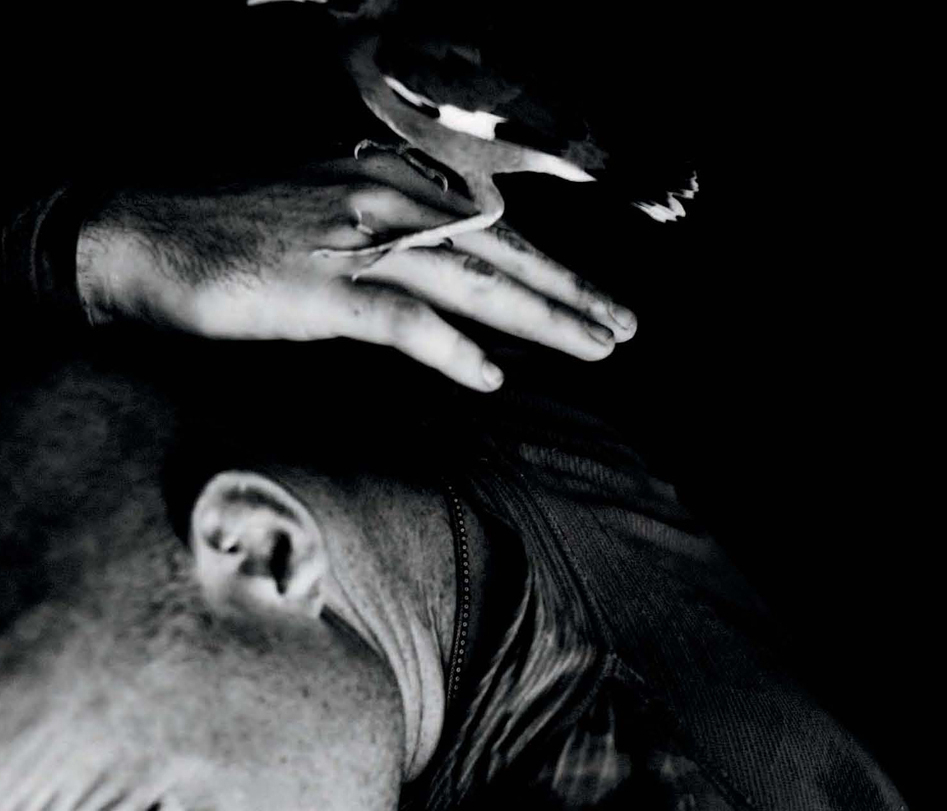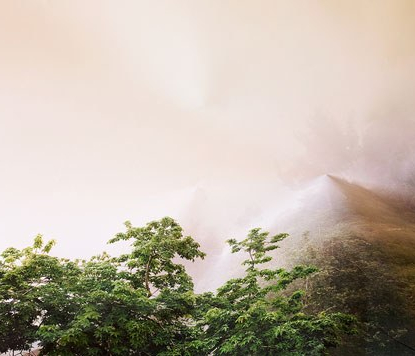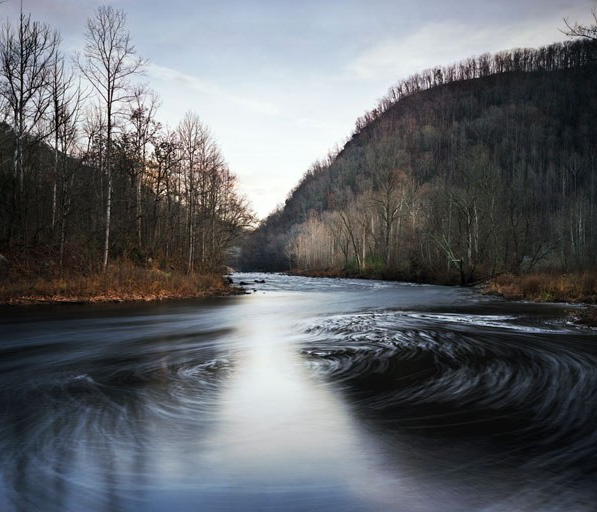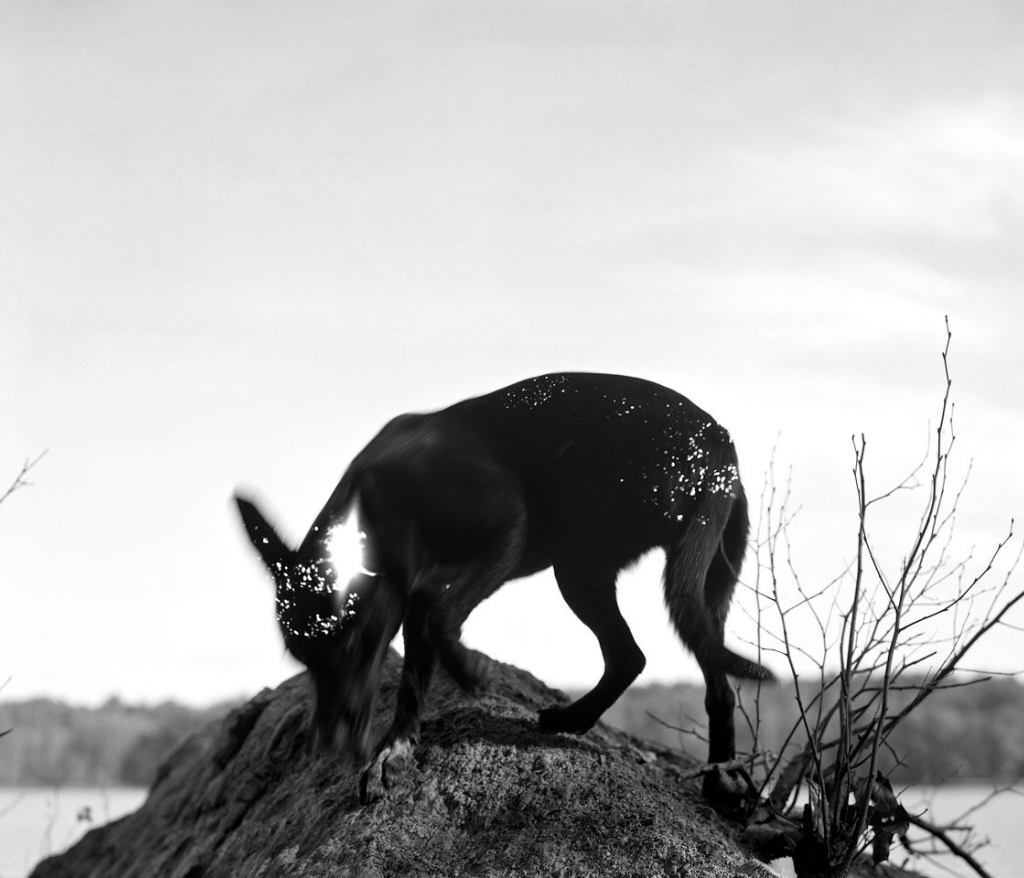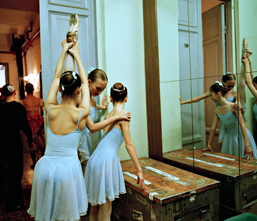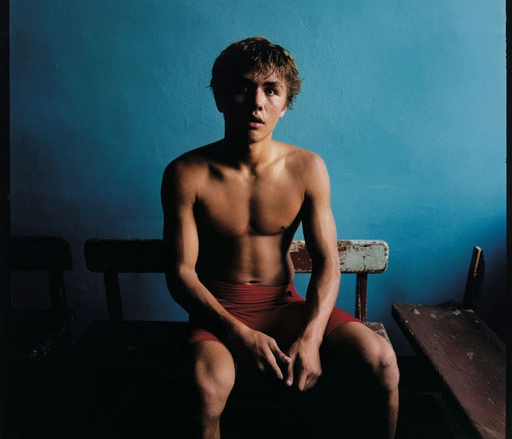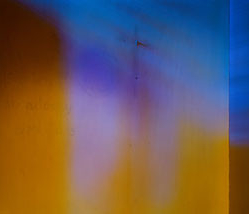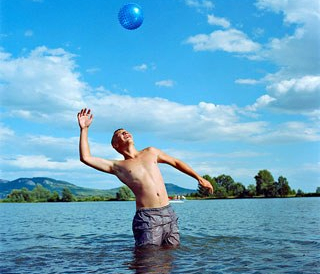Andy Mattern
Optimal Conditions
Dates + Events
Andy Mattern | Opening Reception
Friday, February 7 - Saturday, July 25
Andy Mattern
Optimal Conditions
Andy Mattern’s exhibition, Optimal Conditions brings together three of the artist’s recent projects, all looking at the physical surfaces of photographic materials. In the series, Standard Size, Mattern begins with a familiar tool of the trade, the humble, standard-size photo paper box. He proceeds to erase, cover and decontextualize the container until it is remade. The new objects are spacious and playful like a Diebenkorn painting, careful, but imperfect, with markers of the human hand. Mattern follows the trail of markings on each box and arrives at compositionally satisfying, graphically beautiful explorations in form and color. They begin as photographic materials, and they end as photographs, but somewhere in the middle, they exist as the artist’s semi-sculptural, textural paintings.
Across the room, Just Noticeable Difference beckons with a curious violet glow. Turning again to the material surface, Mattern illuminates the variations between optimized inkjet papers. By exposing them to UV light, he reveals the chemical engineering that goes into enhancing things like brightness and contrast to create a desirable print. These additives are usually hidden from sight, but when the papers are viewed side by side, they are remarkably visible.
In an era of intentional genetic modification, of plants, other living organisms, and even ourselves, Mattern’s display of modified photographic papers feels like a symbolic representative of something larger. He points out that these alterations may have unknown outcomes on the health and longevity of the prints. Indeed, it seems that many techniques of chemical modification haven’t been around long enough for us to determine their long-term effects. But Mattern’s installation gives more wonder than warning, inviting us to simply enjoy the variations.
The centerpiece of the exhibit is the series, Average Subject / Medium Distance. Mattern photographs small vintage amatuer Kodak guides, removing text until only one provocative word remains in each image. He’s honed in on highly generative words like “doubt” and “desire.” The erasure of reference points makes the work playful but also subtly affecting. It is funny to imagine that we could measure doubt with a dial, or that we could accurately assess what is ‘normal, known, or of value’ with a hand tool.
The graphic tools imply a plausible measurement, and the appeal is hard to deny. With a lure not entirely unlike a Magic 8 ball, they hold out a simple way to make measurements in categories that are otherwise nebulous. But like Mattern’s boxes without paper, and the wall papers without imagery, they are guides without clear directions. Mattern’s work, with its bright and cheerful colors, gently nudges us to reflect on the human need to categorize and define our surroundings and even our emotions.
AVERAGE SUBJECT / MEDIUM DISTANCE
Turning the camera on its own logic, these photographs reconfigure paper guides once used to determine exposure and other image settings. Stripped of example imagery, technical numbers, and explanatory text, these relics from mid-century photographic practice are reduced to their underlying structure. In the process of removing this information, digital traces are created, shifting the surface into a rupture between physical and virtual, analog and digital, functional and useless.
STANDARD SIZE
Standard Size is a series of photographs that depicts boxes of analog and digital photo paper with the text and images removed or covered up. As a way of neutralizing familiar examples of photographic art, this process co-opts the underlying design and creates a new surface.
JUST NOTICEABLE DIFFERENCE
Media: Inkjet Papers, UV LED
Dimension: variable
Year: 2019
This project investigates Optical Brightening Agents (OBAs), which are non-archival dyes meant to enhance inkjet paper used in digital photography. These unstable chemicals are common, but they may pose a threat to a print’s longevity. Under normal light, OBAs make the paper appear cooler and brighter, both of which are desirable qualities for many photographers. However, seen under pure ultraviolet light, OBAs glow dramatically. When multiple papers are shown together, their relative OBA saturation becomes apparent. My goal is to harness this unseen quality of inkjet paper by arranging samples packs from all the major paper manufacturers.
Andy Mattern was born in Albuquerque, New Mexico in 1979. His recent work engages photography’s aesthetic conventions and physical materials as subject matter. Since 2015, he has served as Assistant Professor of Photography and Digital Media at Oklahoma State University, where he has instituted the first fine art photography program in the university’s history. His work is held in the permanent collections of SFMOMA, the New Mexico Museum of Art, the Tweed Museum of Art, and the Museum of Fine Arts, Houston. His photographs have been reviewed in publications such as ARTFORUM, The New Yorker, Camera Austria, and Photonews. He holds an MFA in Photography from the University of Minnesota and a BFA in Studio Art from the University of New Mexico.
Andy Mattern
Optimal Conditions
Andy Mattern’s exhibition, Optimal Conditions brings together three of the artist’s recent projects, all looking at the physical surfaces of photographic materials. In the series, Standard Size, Mattern begins with a familiar tool of the trade, the humble, standard-size photo paper box. He proceeds to erase, cover and decontextualize the container until it is remade. The new objects are spacious and playful like a Diebenkorn painting, careful, but imperfect, with markers of the human hand. Mattern follows the trail of markings on each box and arrives at compositionally satisfying, graphically beautiful explorations in form and color. They begin as photographic materials, and they end as photographs, but somewhere in the middle, they exist as the artist’s semi-sculptural, textural paintings.
Across the room, Just Noticeable Difference beckons with a curious violet glow. Turning again to the material surface, Mattern illuminates the variations between optimized inkjet papers. By exposing them to UV light, he reveals the chemical engineering that goes into enhancing things like brightness and contrast to create a desirable print. These additives are usually hidden from sight, but when the papers are viewed side by side, they are remarkably visible.
In an era of intentional genetic modification, of plants, other living organisms, and even ourselves, Mattern’s display of modified photographic papers feels like a symbolic representative of something larger. He points out that these alterations may have unknown outcomes on the health and longevity of the prints. Indeed, it seems that many techniques of chemical modification haven’t been around long enough for us to determine their long-term effects. But Mattern’s installation gives more wonder than warning, inviting us to simply enjoy the variations.
The centerpiece of the exhibit is the series, Average Subject / Medium Distance. Mattern photographs small vintage amatuer Kodak guides, removing text until only one provocative word remains in each image. He’s honed in on highly generative words like “doubt” and “desire.” The erasure of reference points makes the work playful but also subtly affecting. It is funny to imagine that we could measure doubt with a dial, or that we could accurately assess what is ‘normal, known, or of value’ with a hand tool.
The graphic tools imply a plausible measurement, and the appeal is hard to deny. With a lure not entirely unlike a Magic 8 ball, they hold out a simple way to make measurements in categories that are otherwise nebulous. But like Mattern’s boxes without paper, and the wall papers without imagery, they are guides without clear directions. Mattern’s work, with its bright and cheerful colors, gently nudges us to reflect on the human need to categorize and define our surroundings and even our emotions.
AVERAGE SUBJECT / MEDIUM DISTANCE
Turning the camera on its own logic, these photographs reconfigure paper guides once used to determine exposure and other image settings. Stripped of example imagery, technical numbers, and explanatory text, these relics from mid-century photographic practice are reduced to their underlying structure. In the process of removing this information, digital traces are created, shifting the surface into a rupture between physical and virtual, analog and digital, functional and useless.
STANDARD SIZE
Standard Size is a series of photographs that depicts boxes of analog and digital photo paper with the text and images removed or covered up. As a way of neutralizing familiar examples of photographic art, this process co-opts the underlying design and creates a new surface.
JUST NOTICEABLE DIFFERENCE
Media: Inkjet Papers, UV LED
Dimension: variable
Year: 2019
This project investigates Optical Brightening Agents (OBAs), which are non-archival dyes meant to enhance inkjet paper used in digital photography. These unstable chemicals are common, but they may pose a threat to a print’s longevity. Under normal light, OBAs make the paper appear cooler and brighter, both of which are desirable qualities for many photographers. However, seen under pure ultraviolet light, OBAs glow dramatically. When multiple papers are shown together, their relative OBA saturation becomes apparent. My goal is to harness this unseen quality of inkjet paper by arranging samples packs from all the major paper manufacturers.
Andy Mattern was born in Albuquerque, New Mexico in 1979. His recent work engages photography’s aesthetic conventions and physical materials as subject matter. Since 2015, he has served as Assistant Professor of Photography and Digital Media at Oklahoma State University, where he has instituted the first fine art photography program in the university’s history. His work is held in the permanent collections of SFMOMA, the New Mexico Museum of Art, the Tweed Museum of Art, and the Museum of Fine Arts, Houston. His photographs have been reviewed in publications such as ARTFORUM, The New Yorker, Camera Austria, and Photonews. He holds an MFA in Photography from the University of Minnesota and a BFA in Studio Art from the University of New Mexico.
Dates + Events
Andy Mattern | Opening Reception
Friday, February 7 - Saturday, July 25
